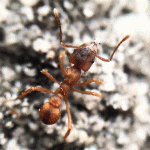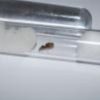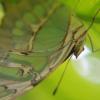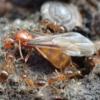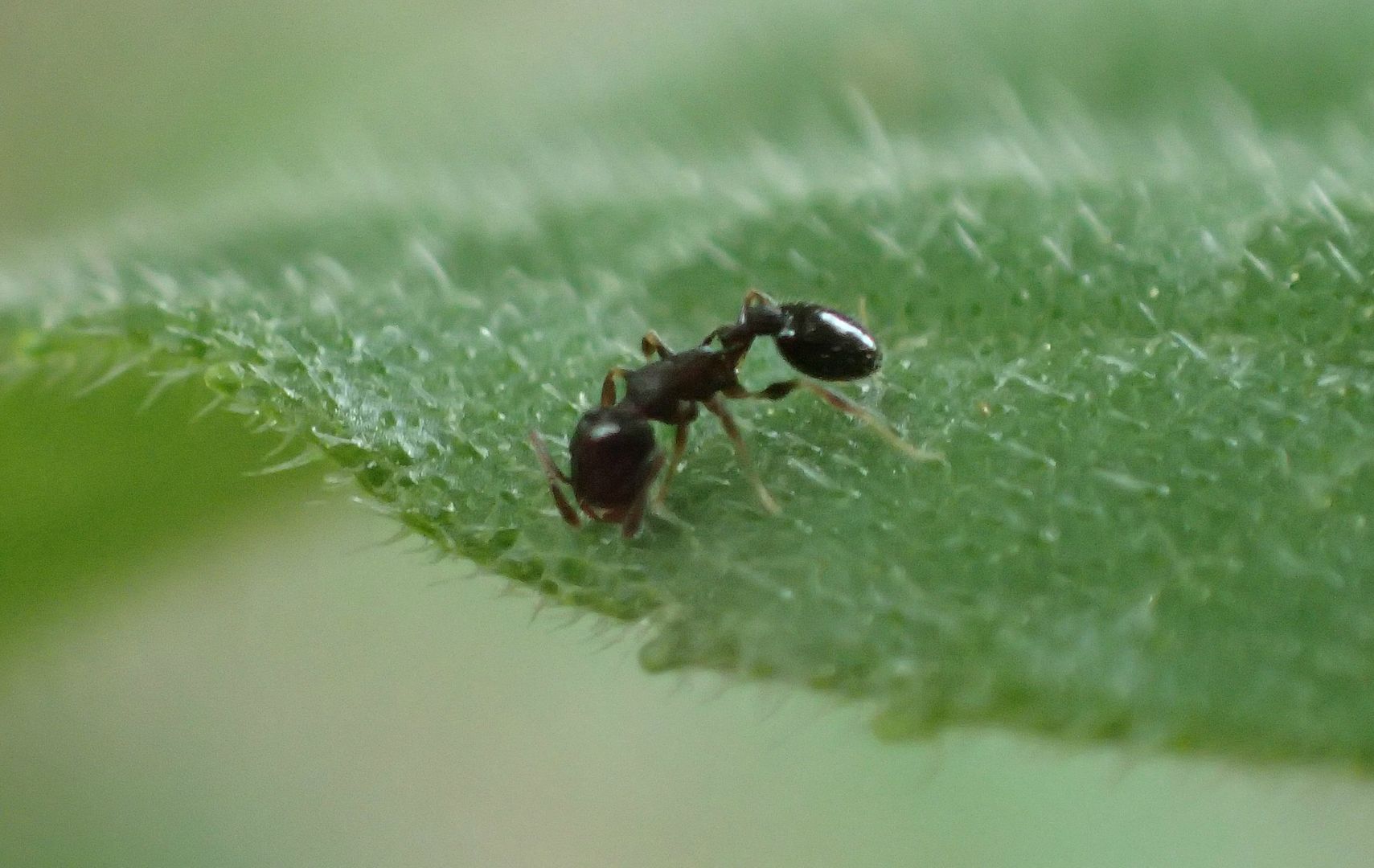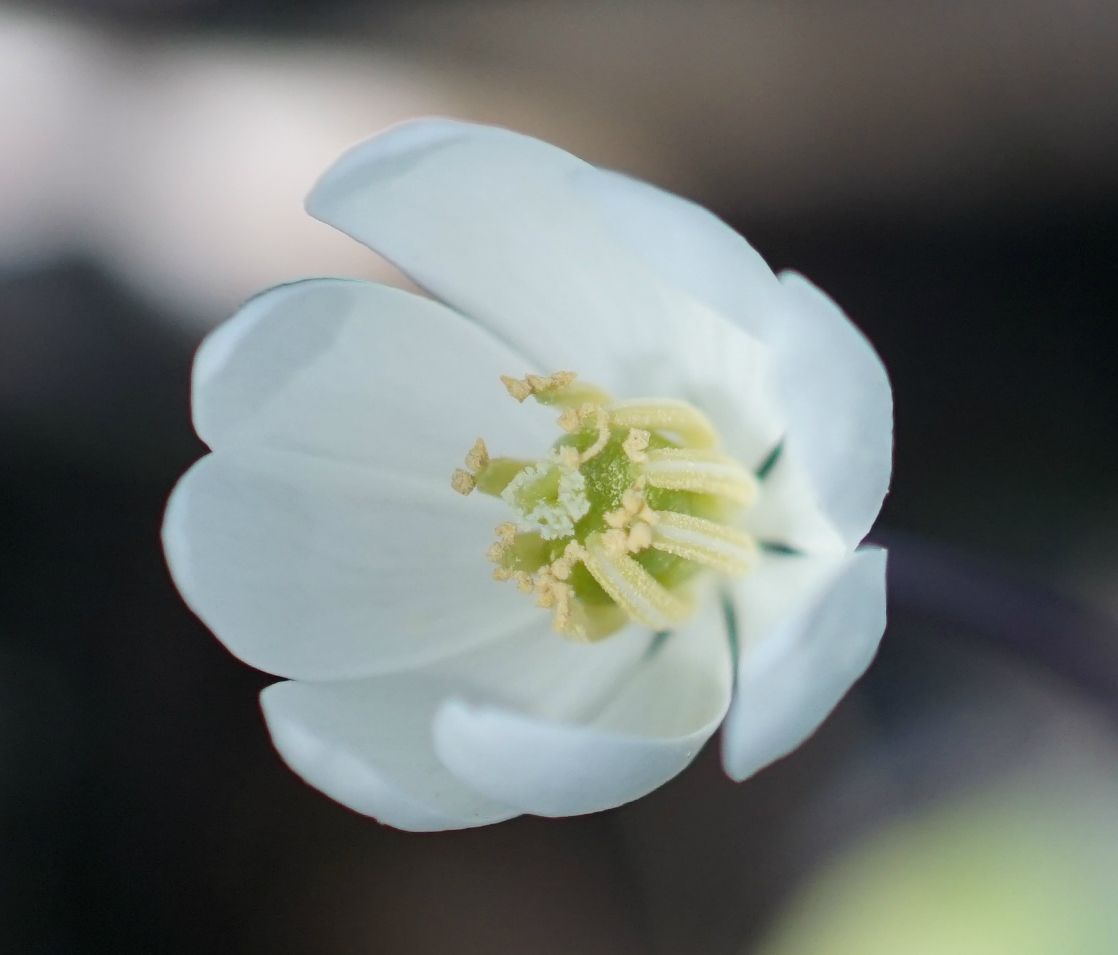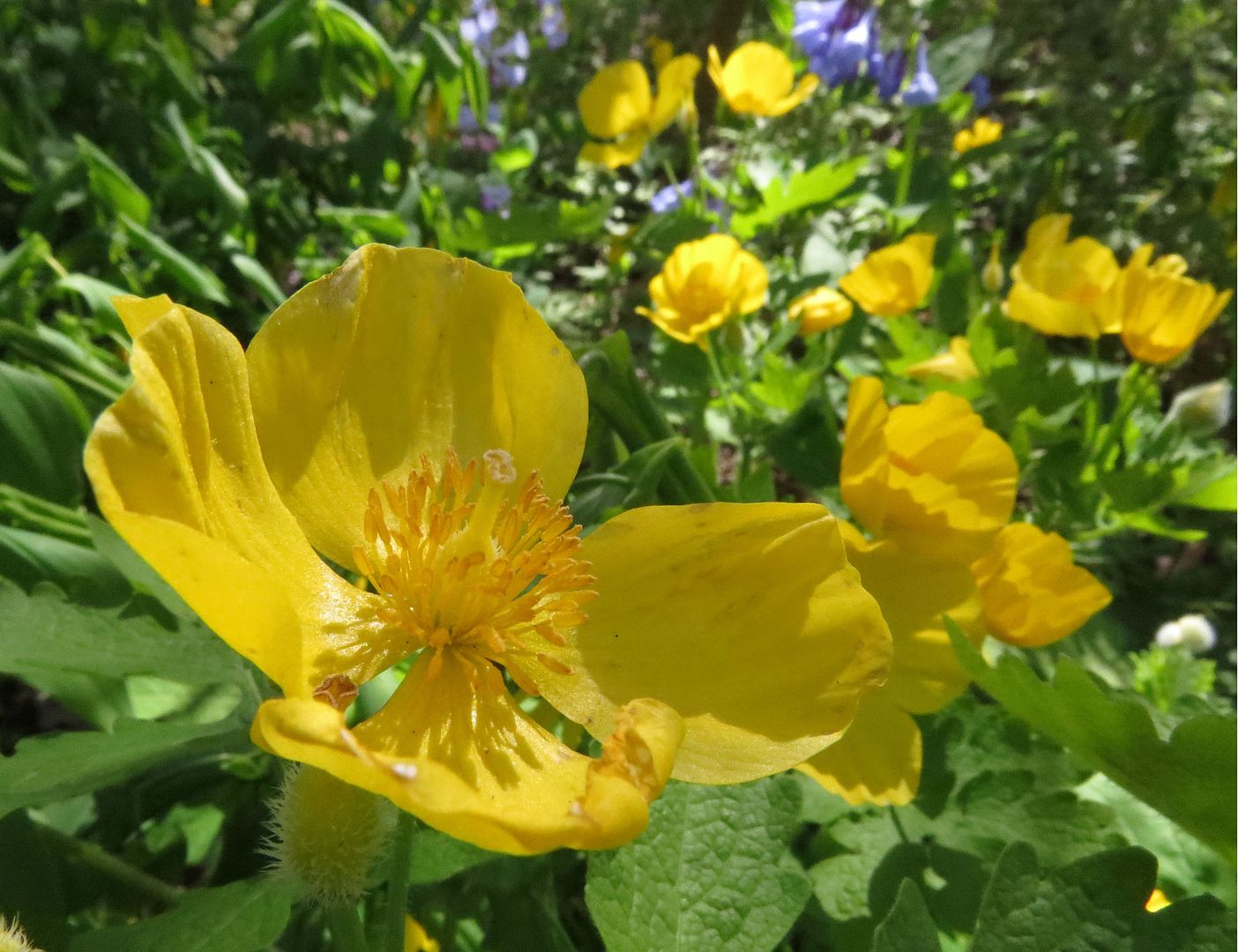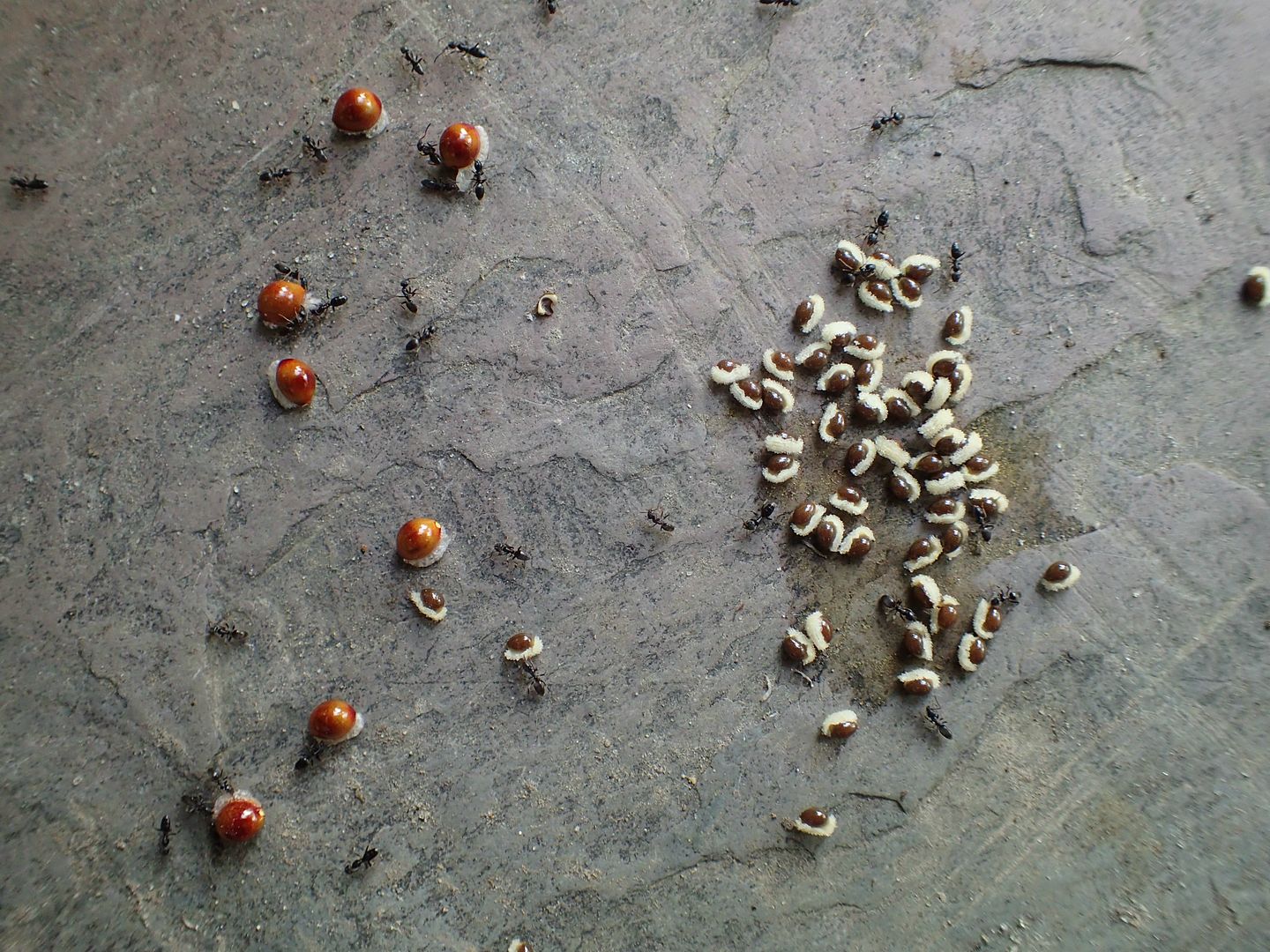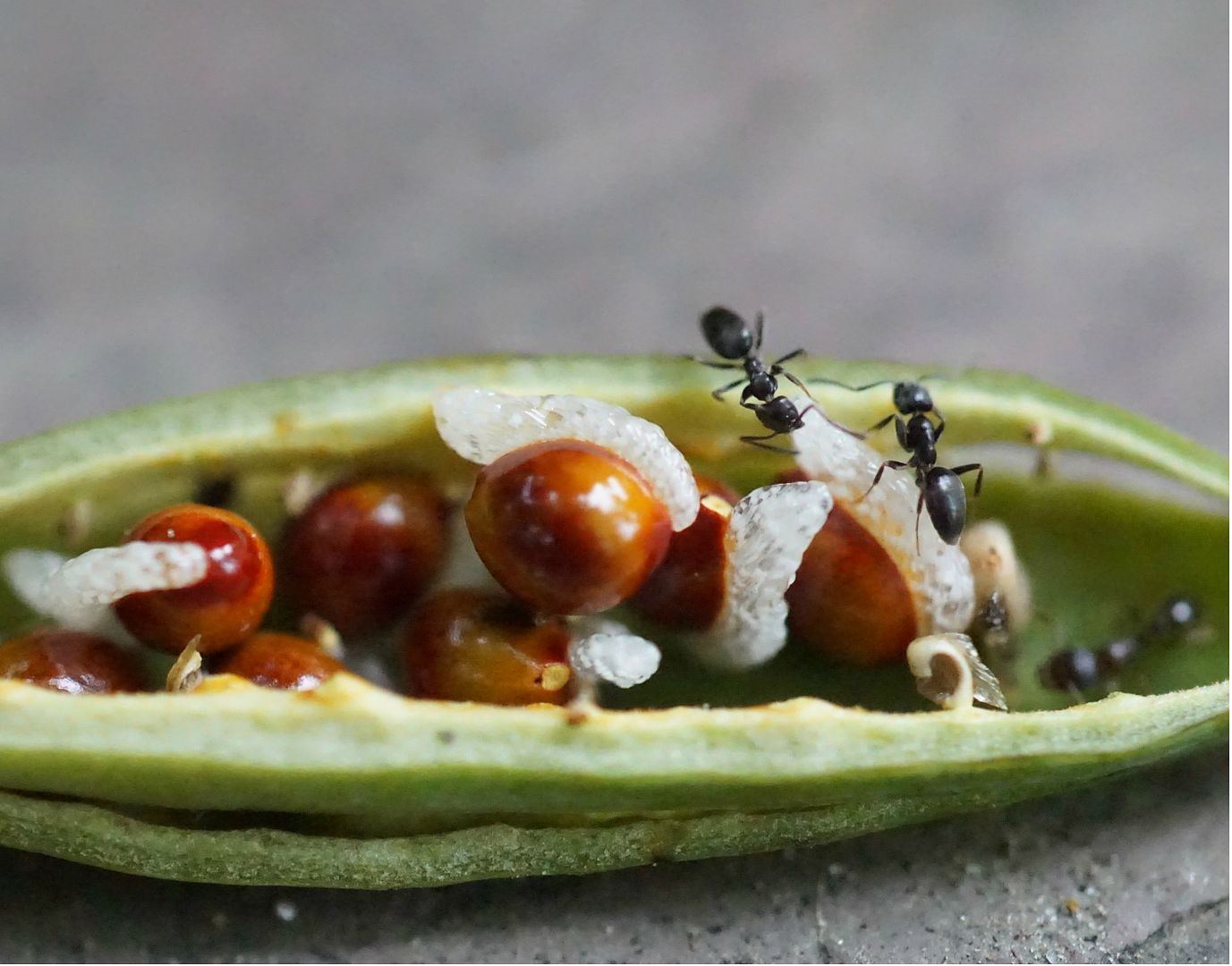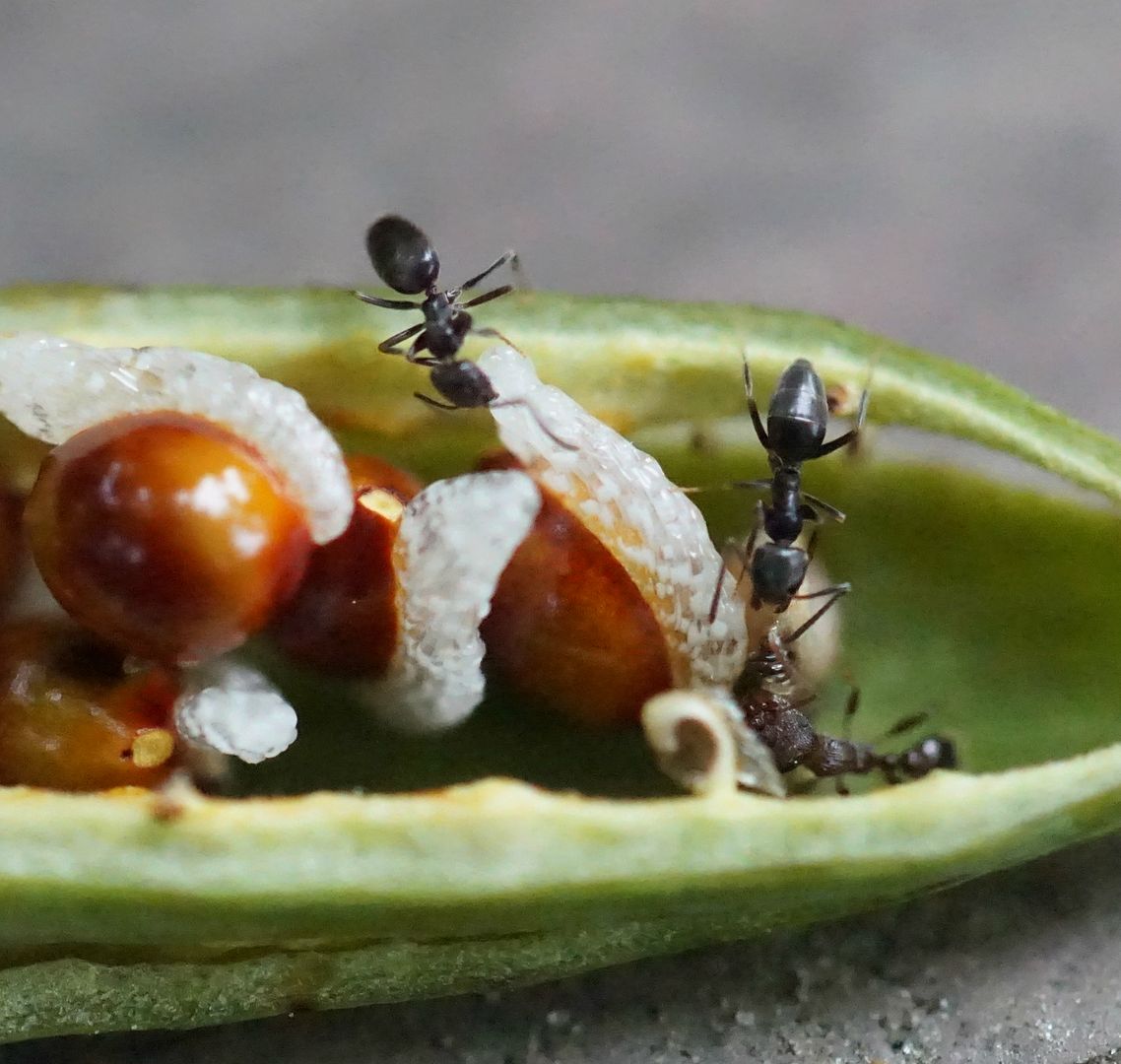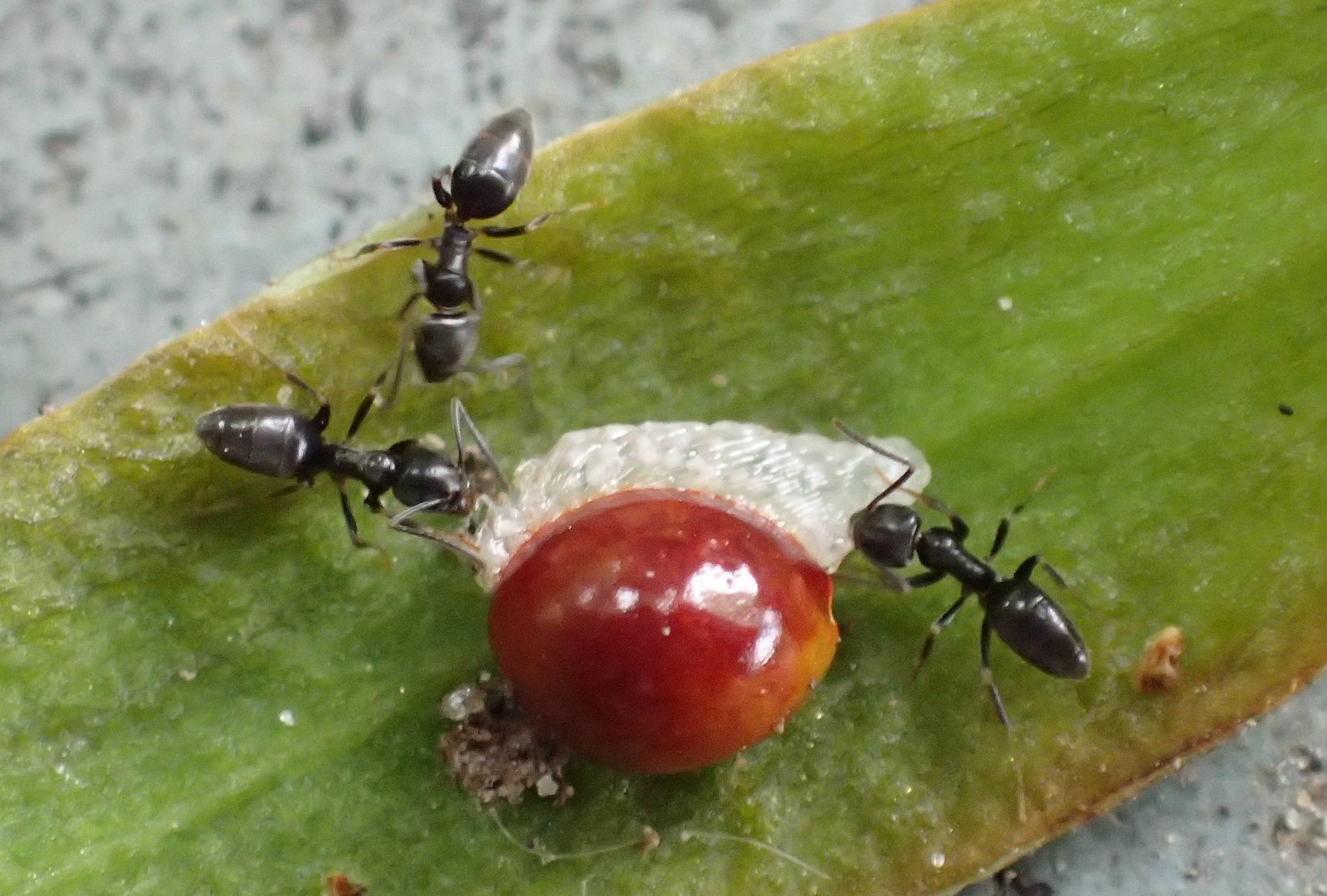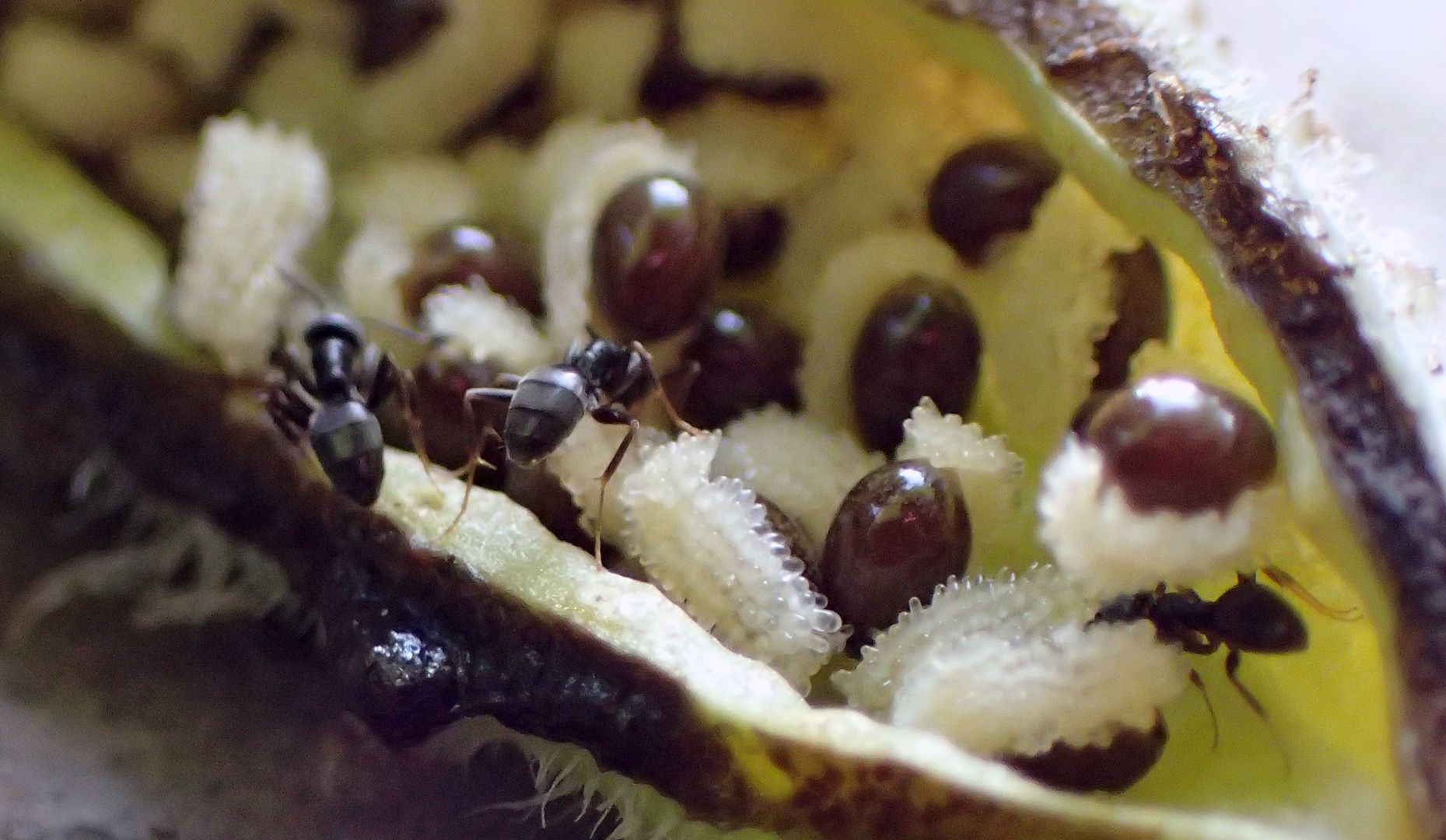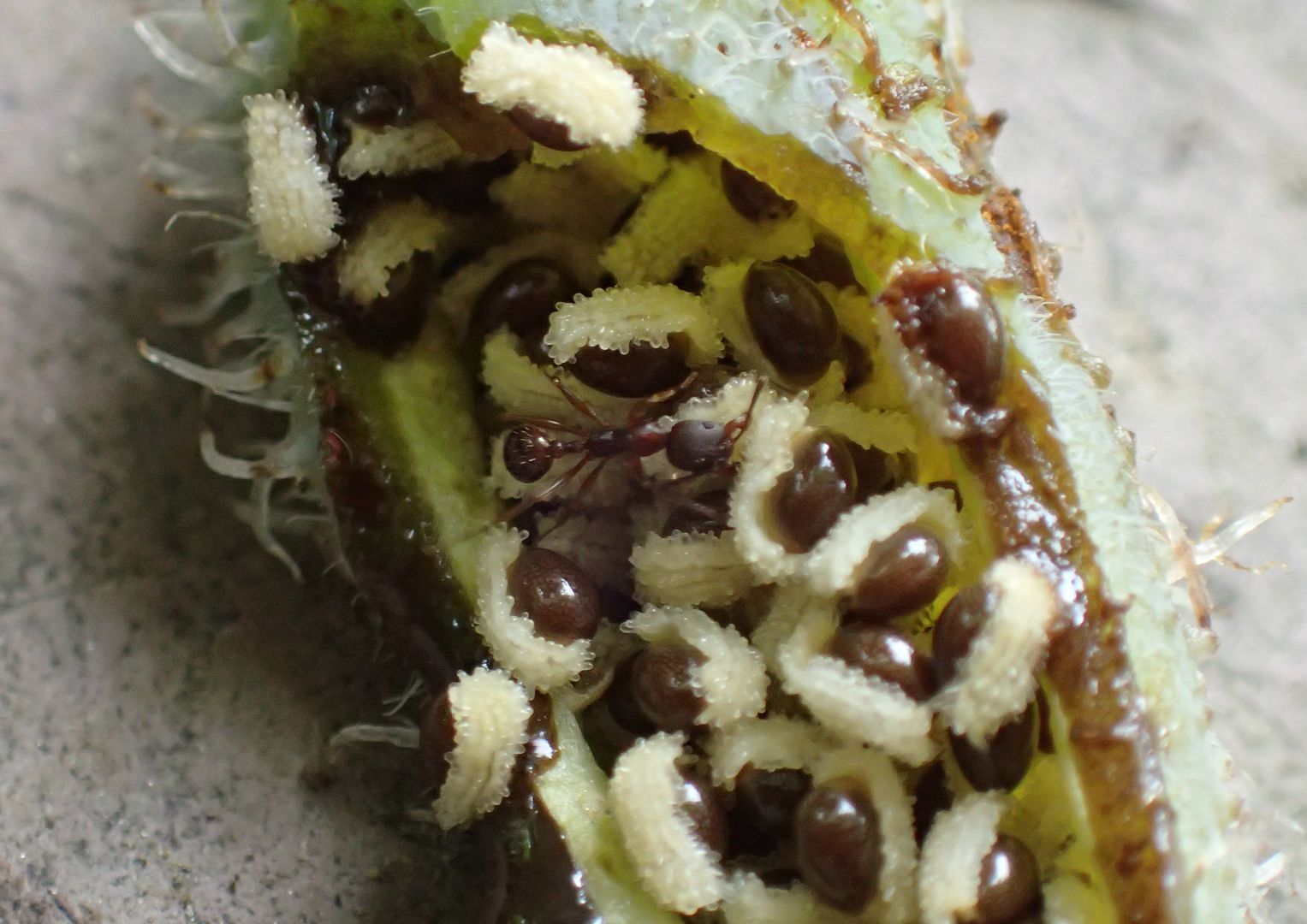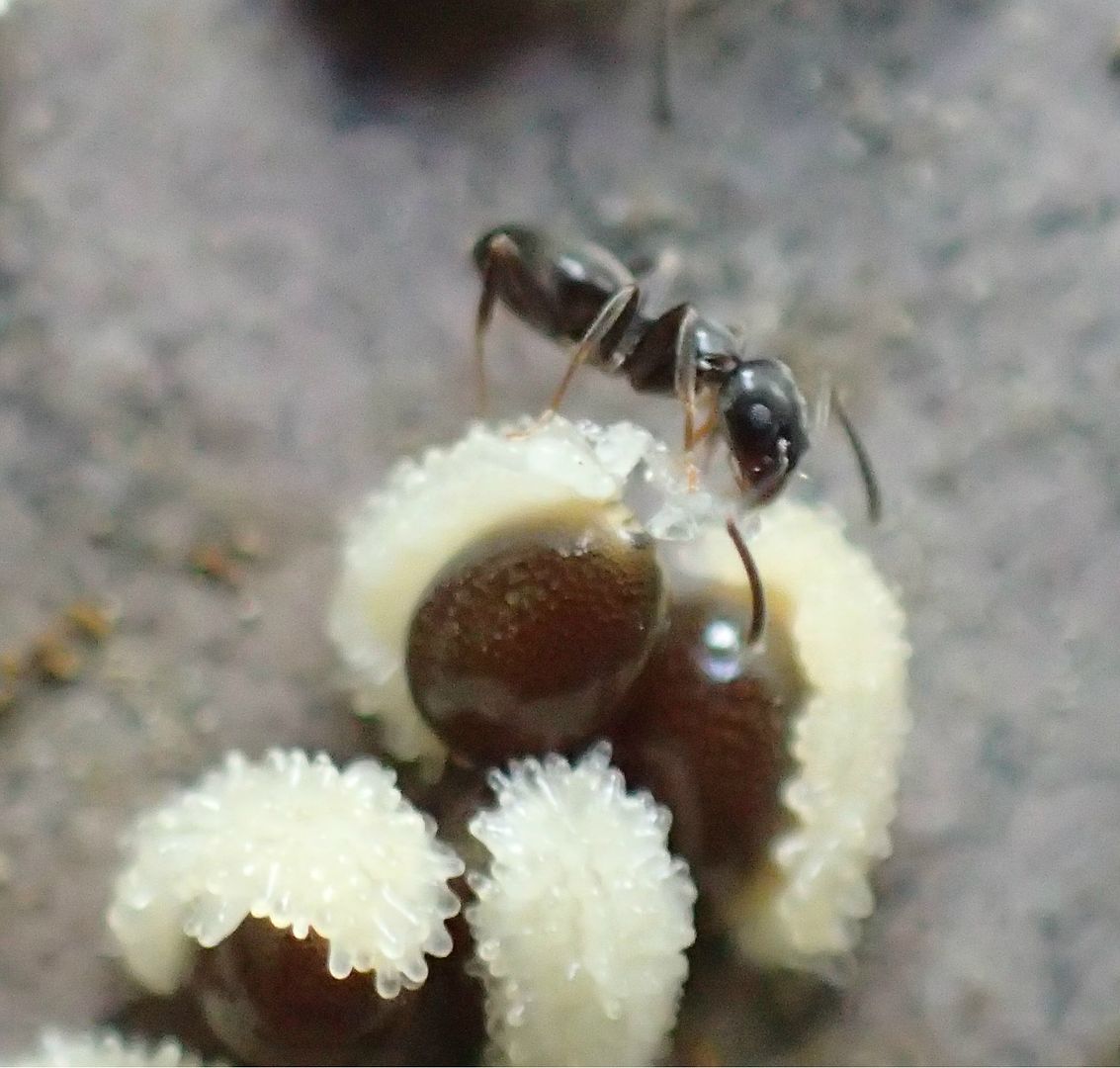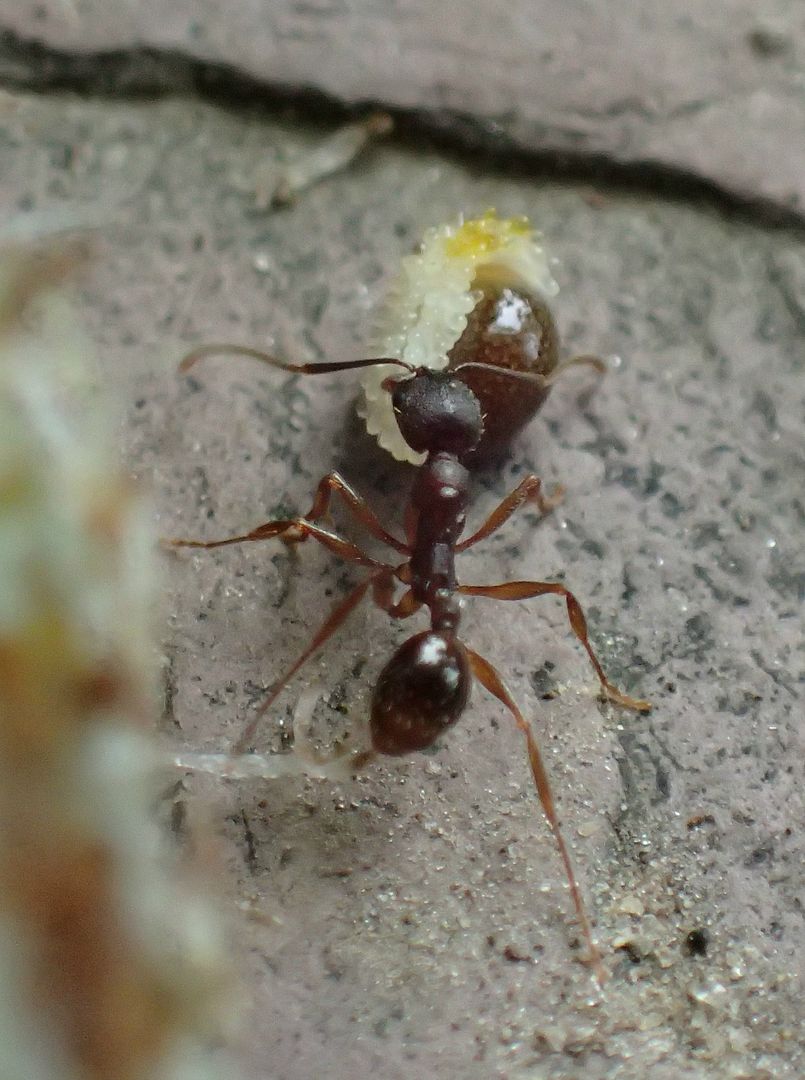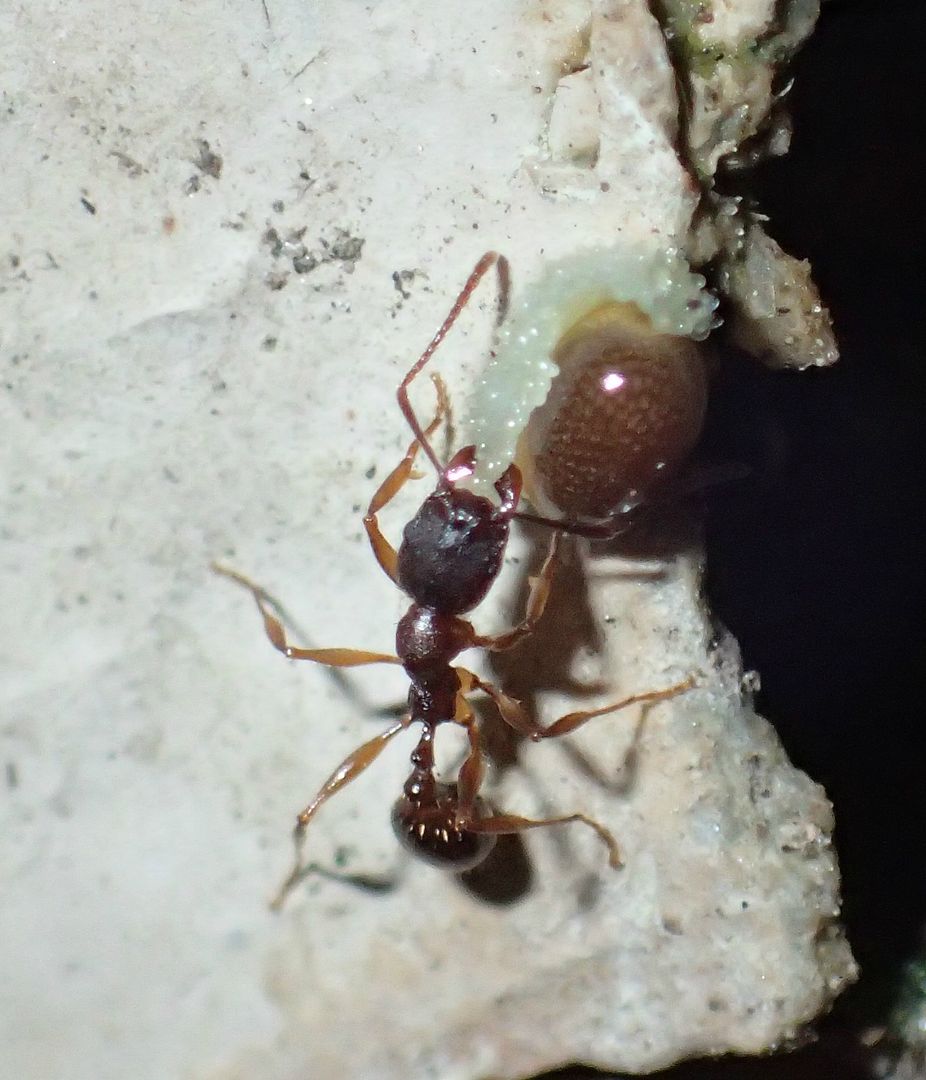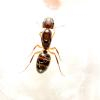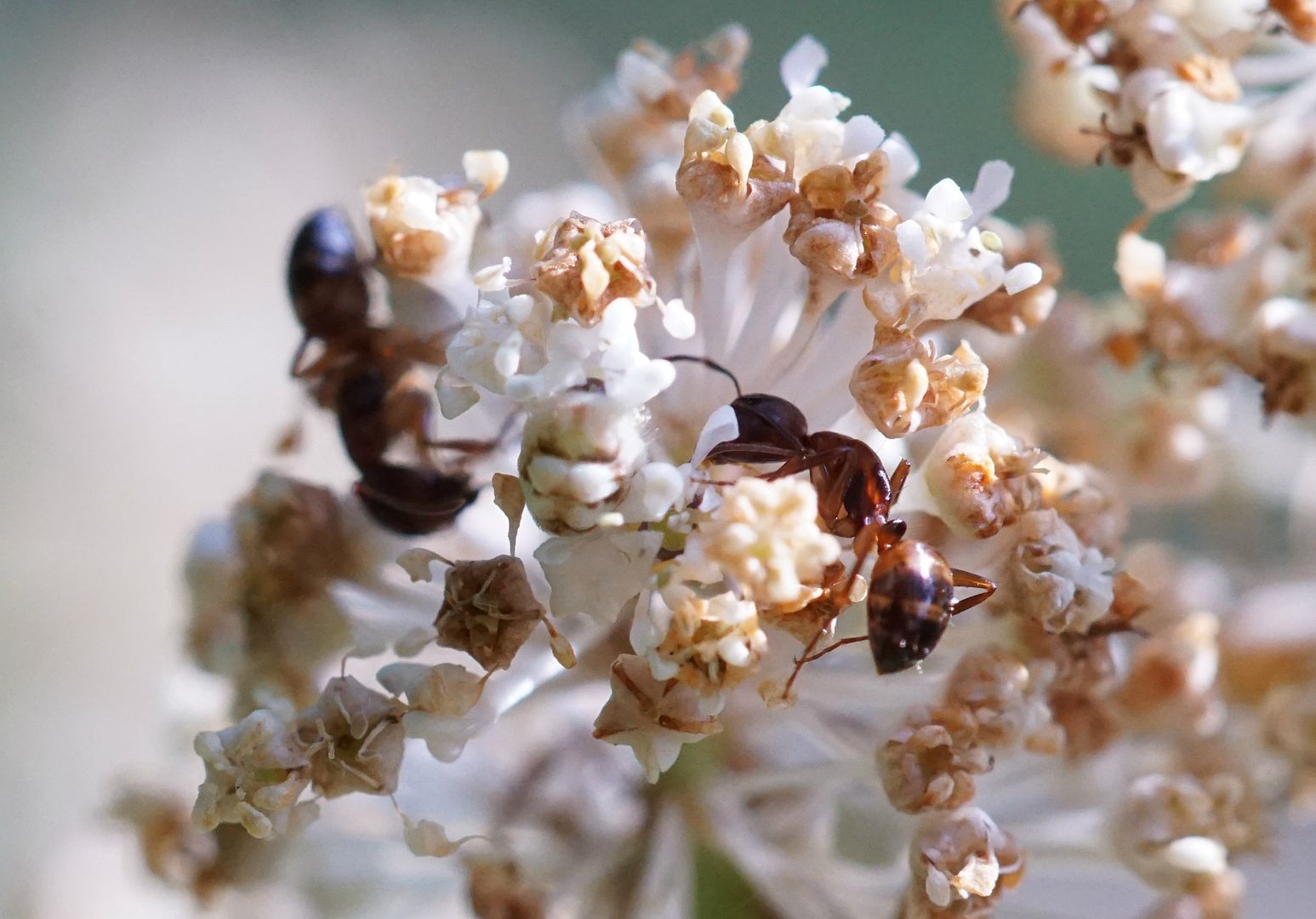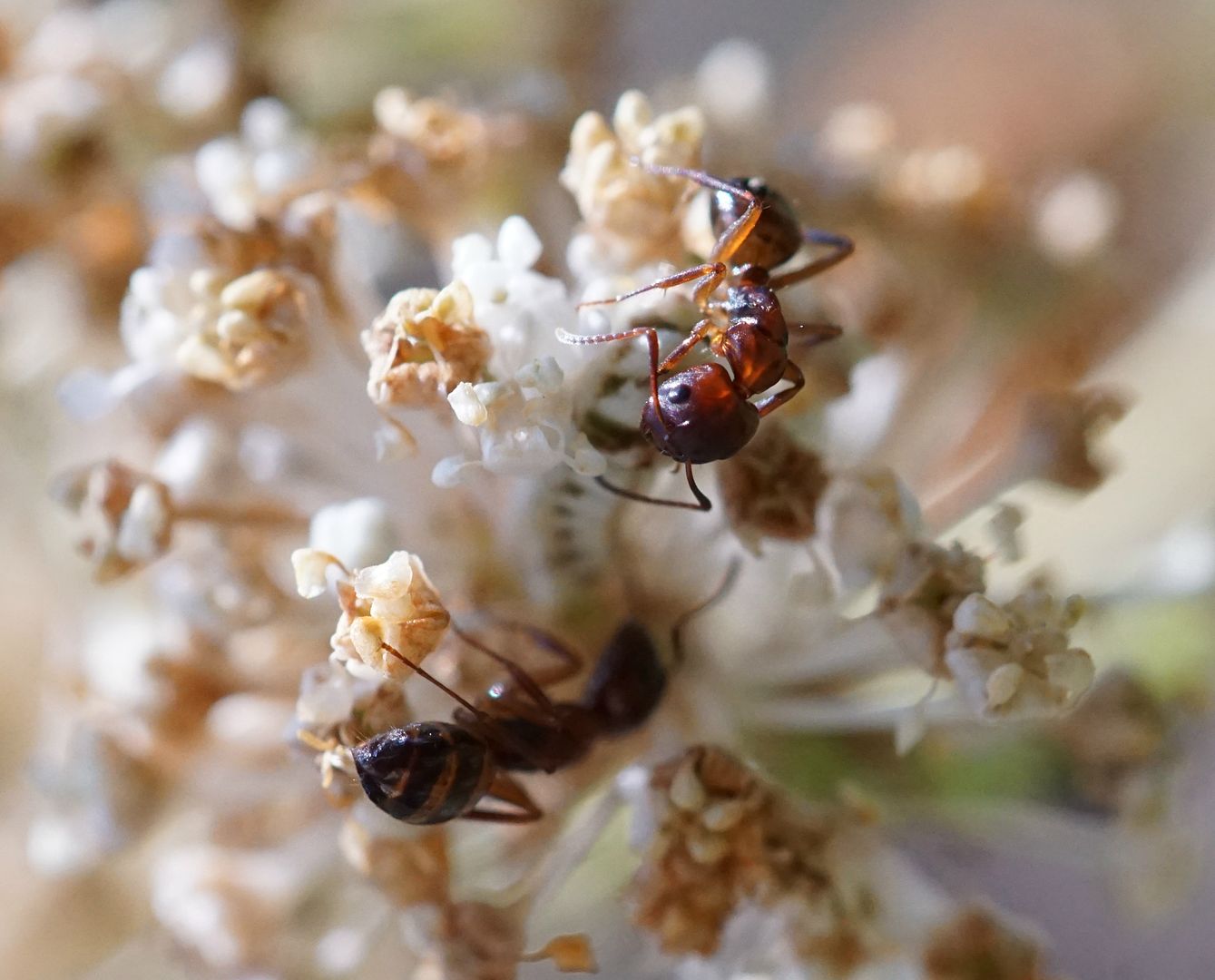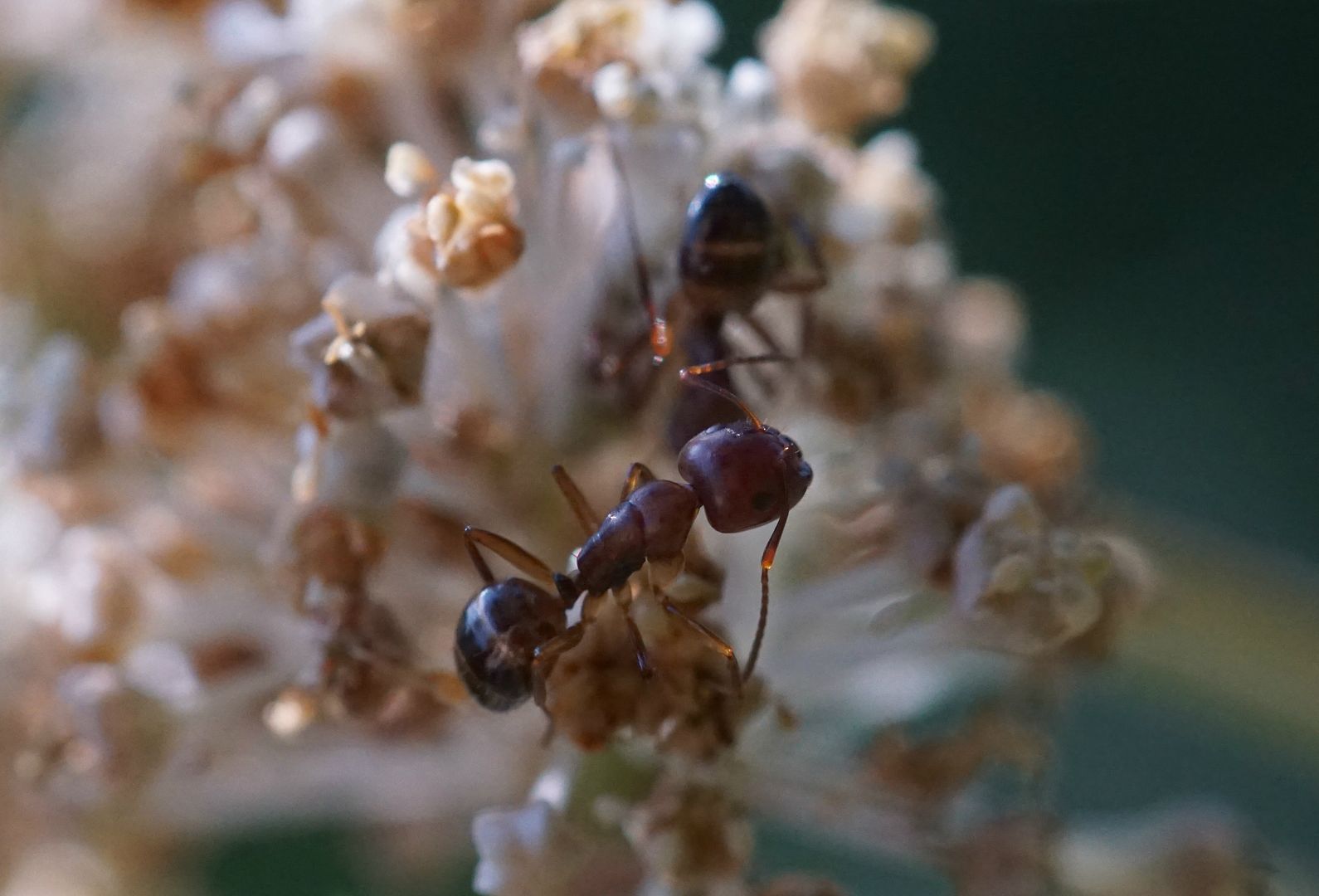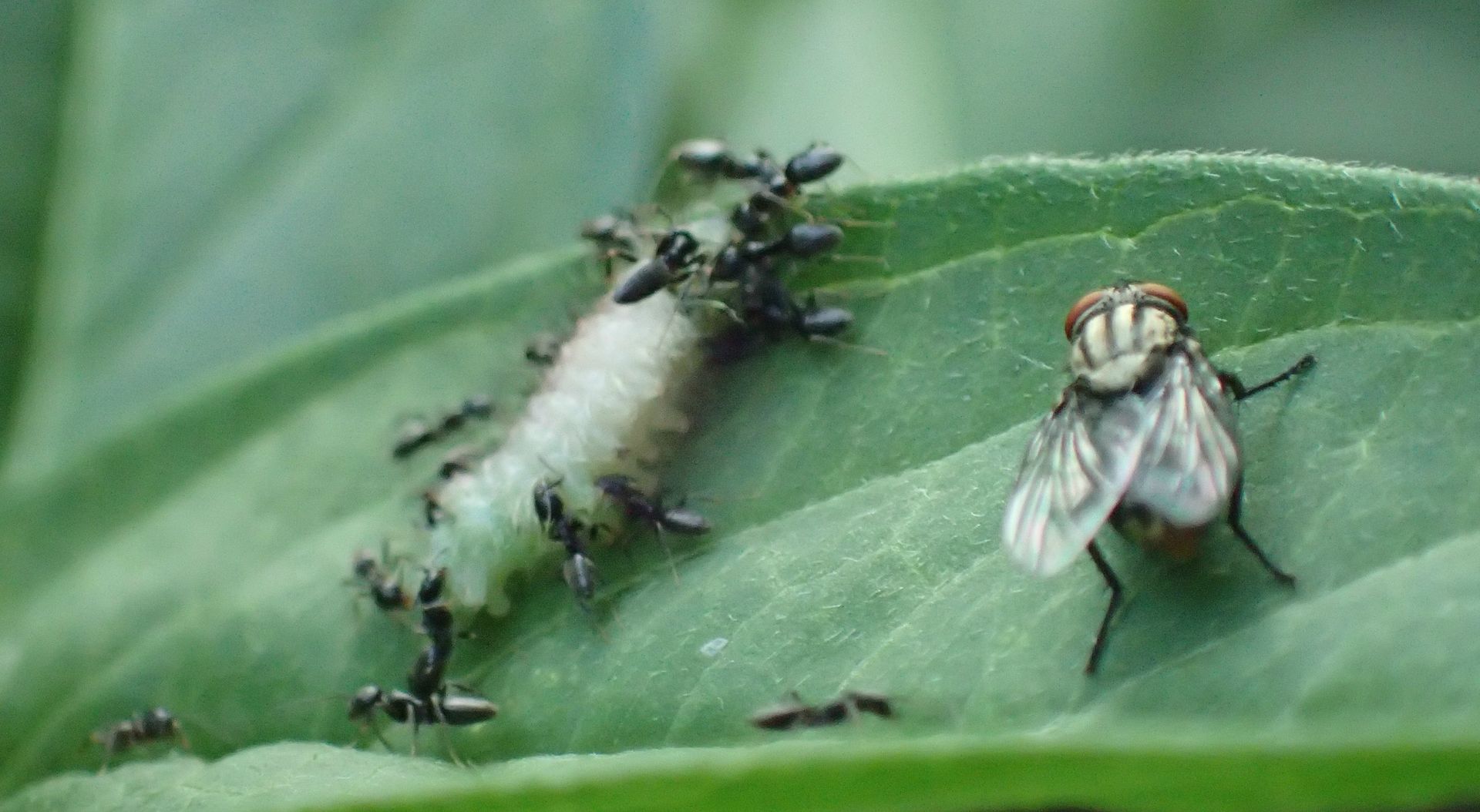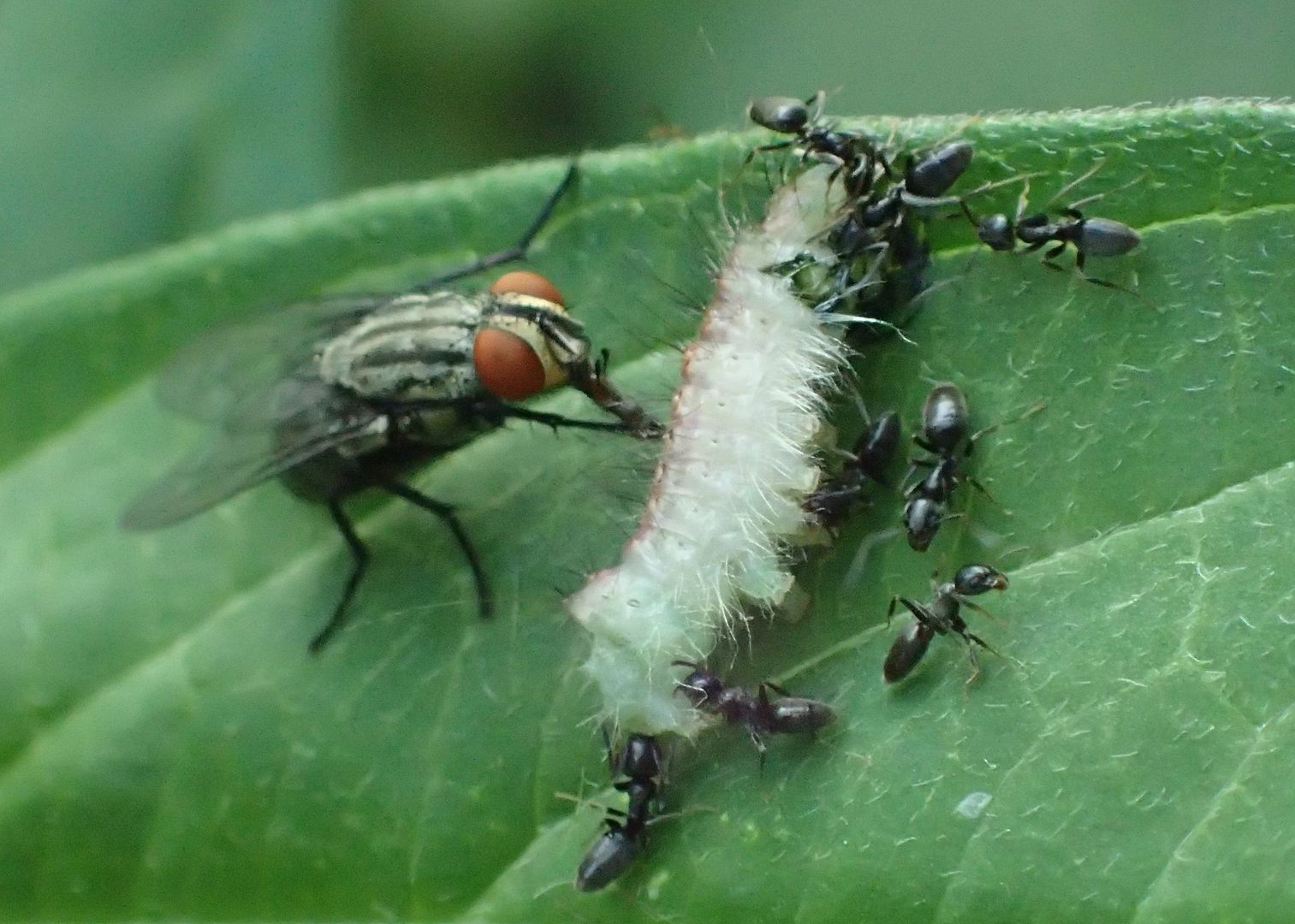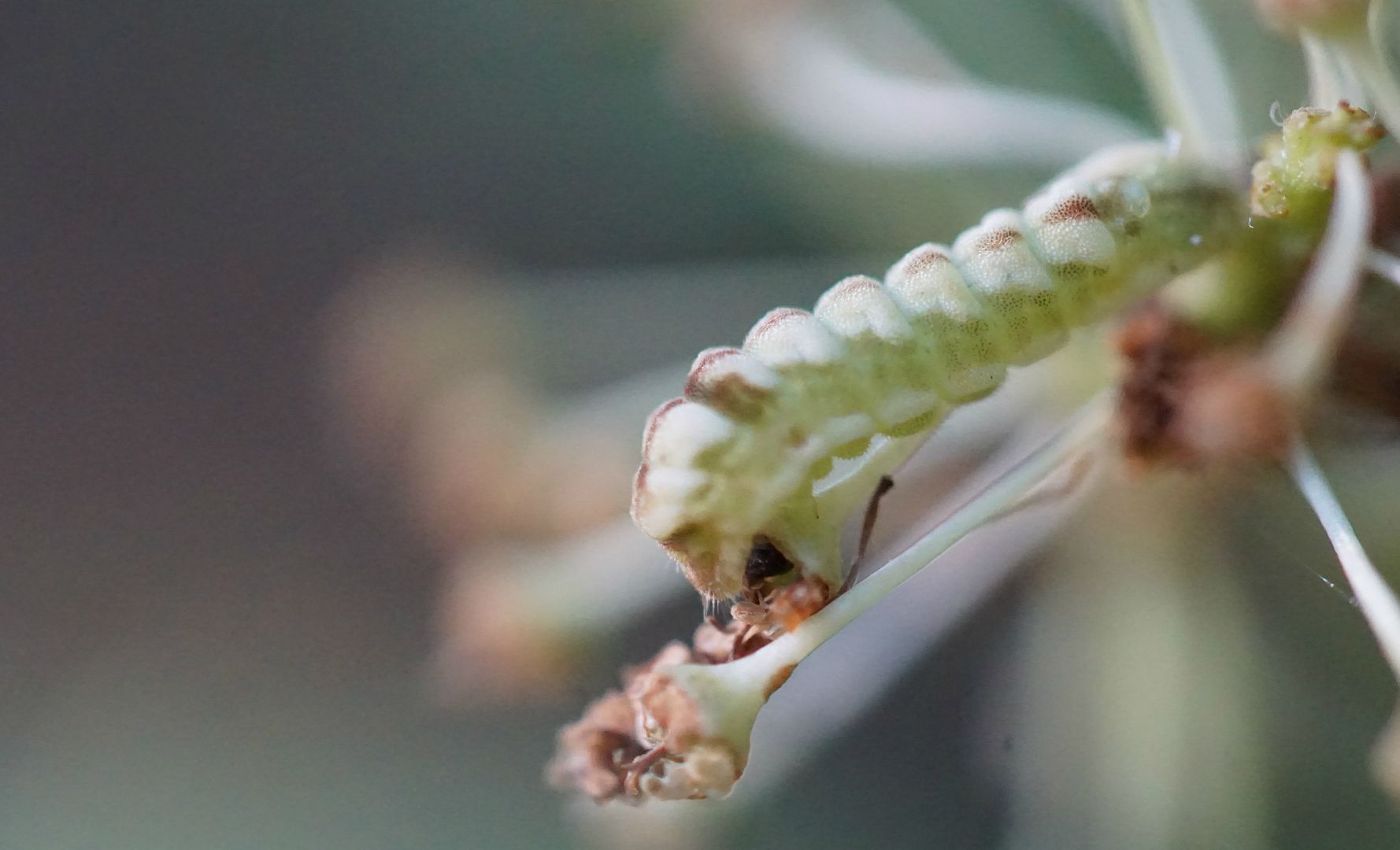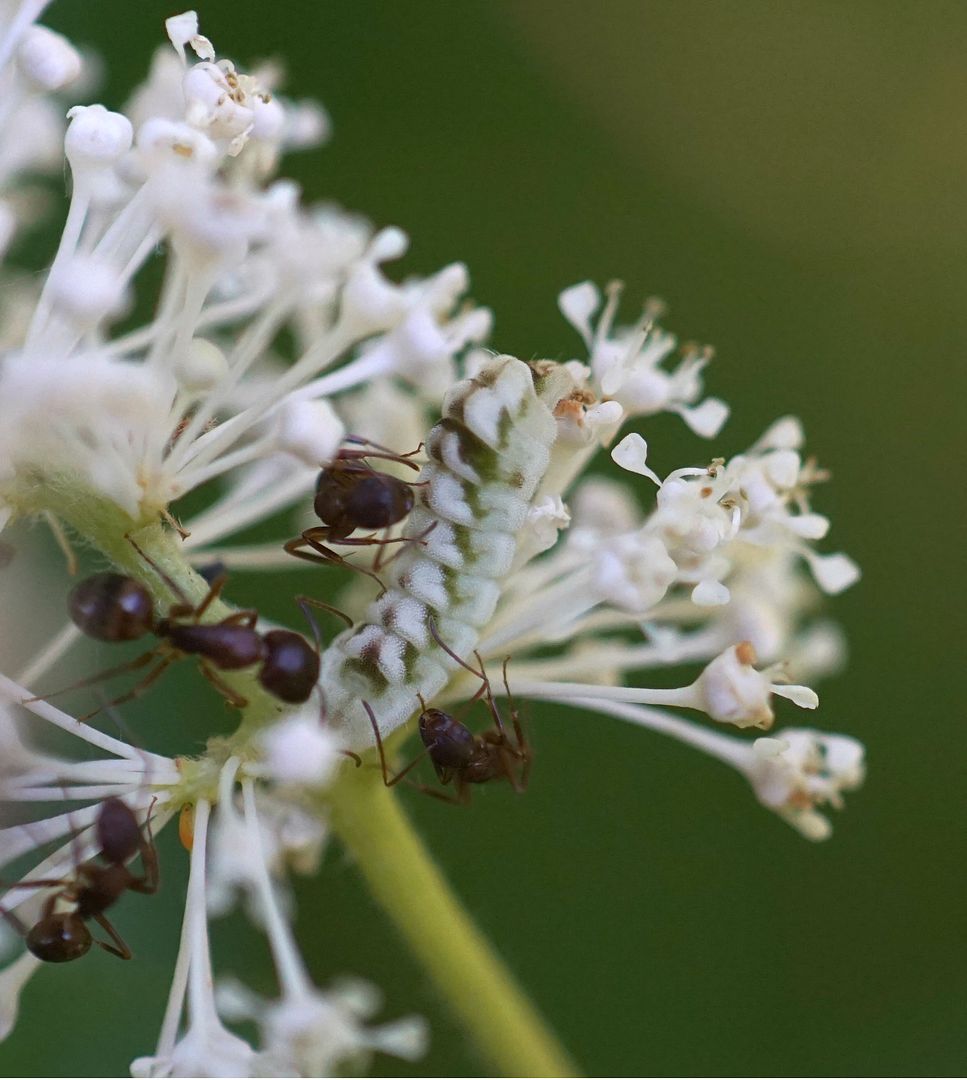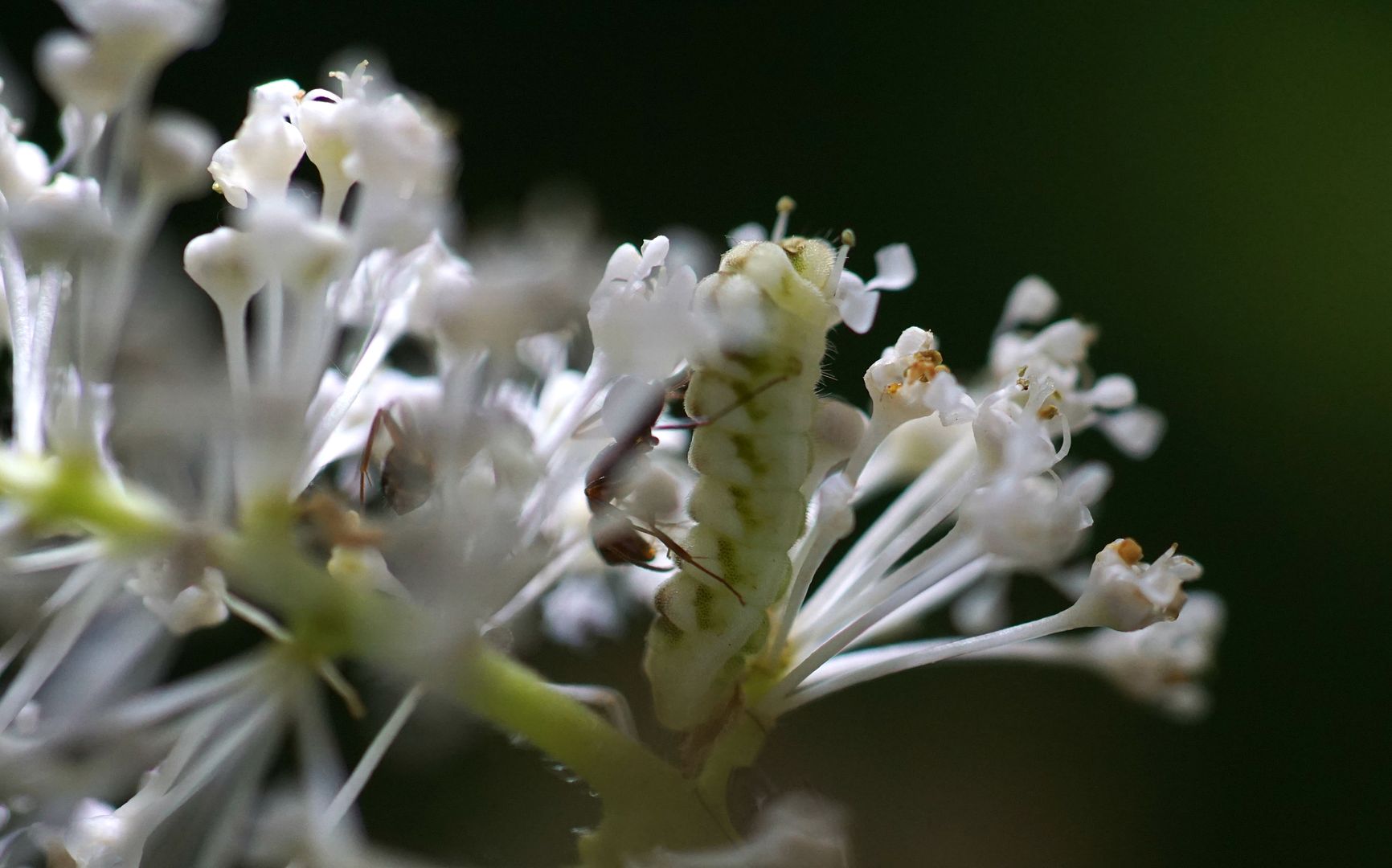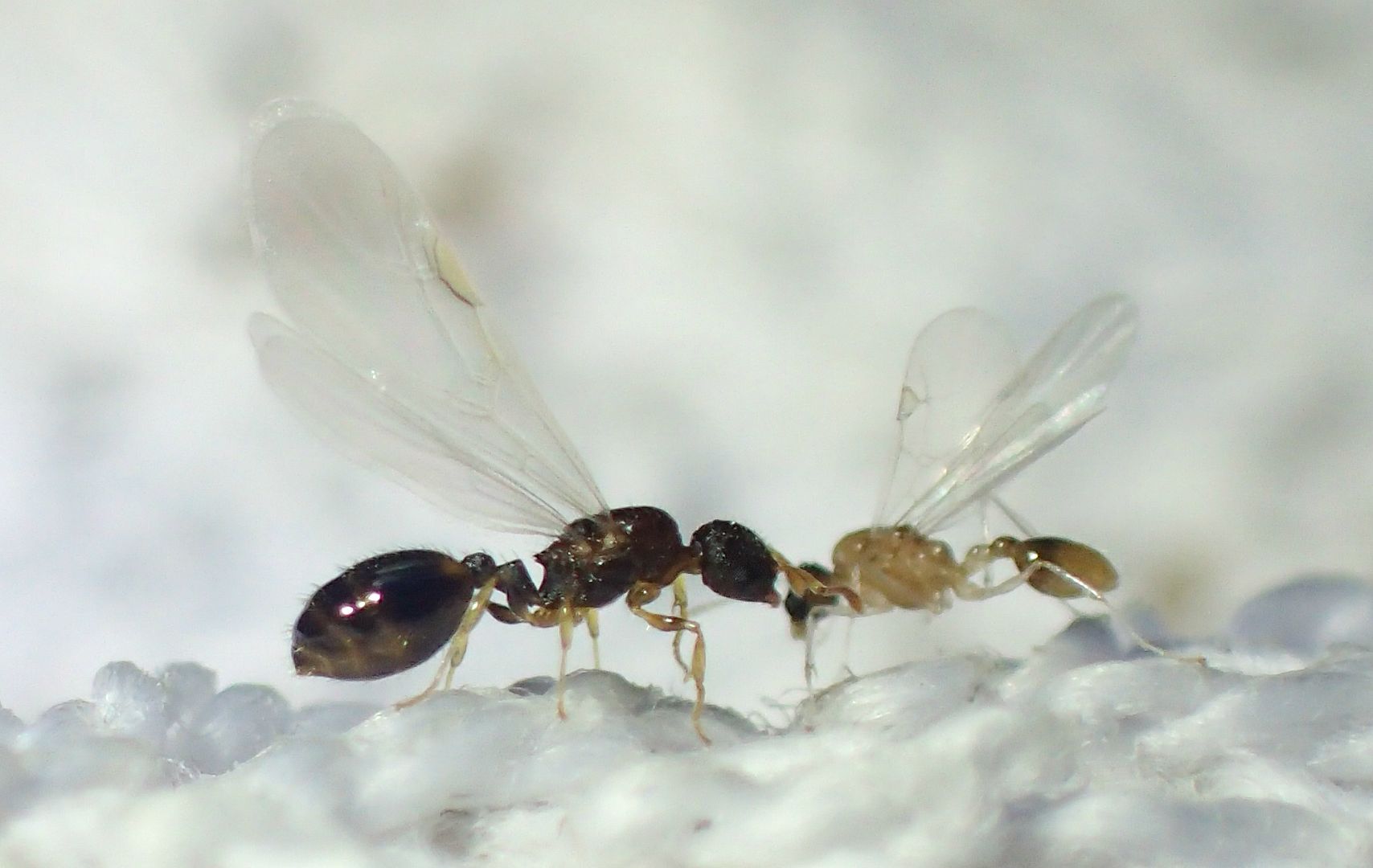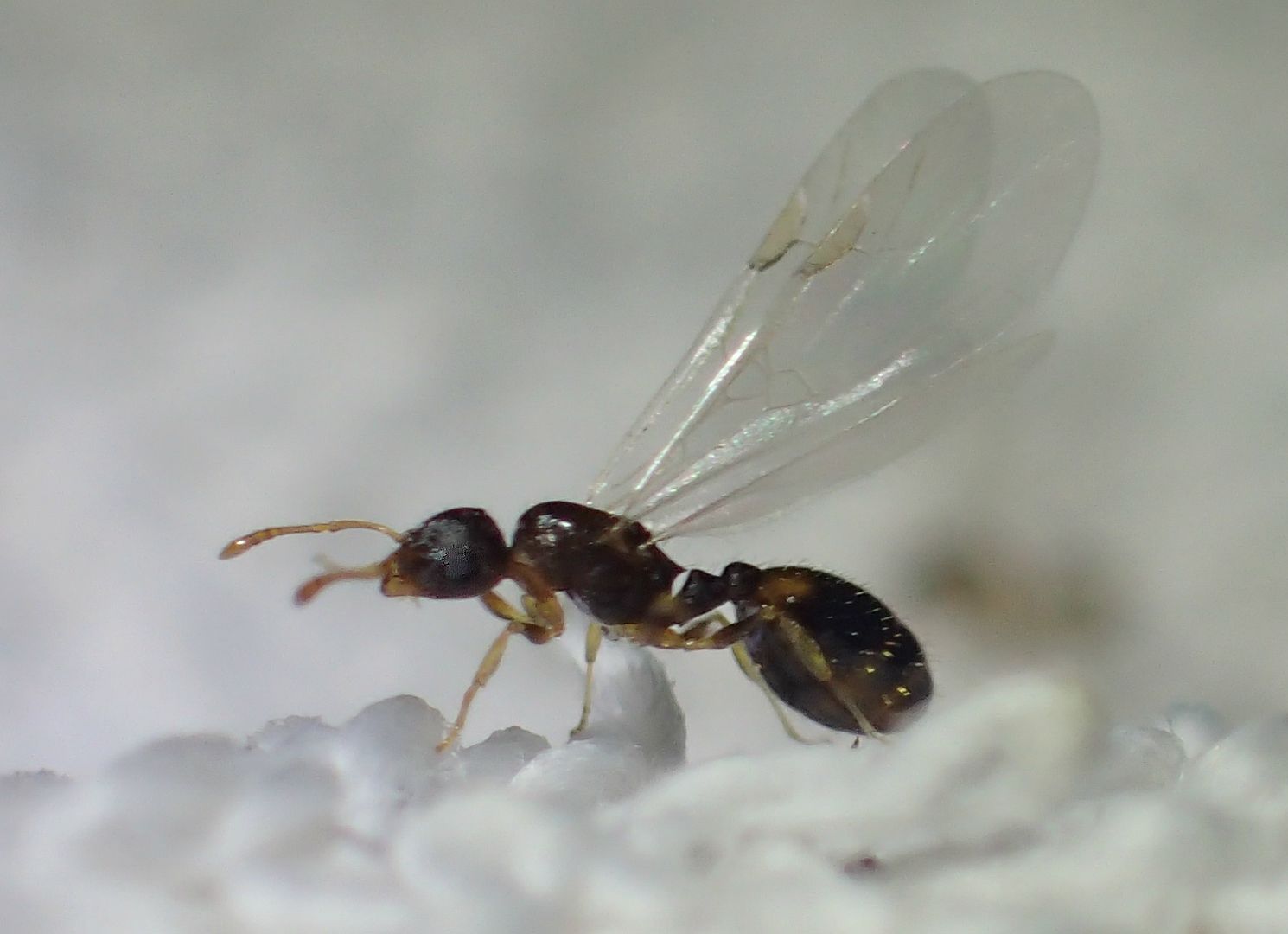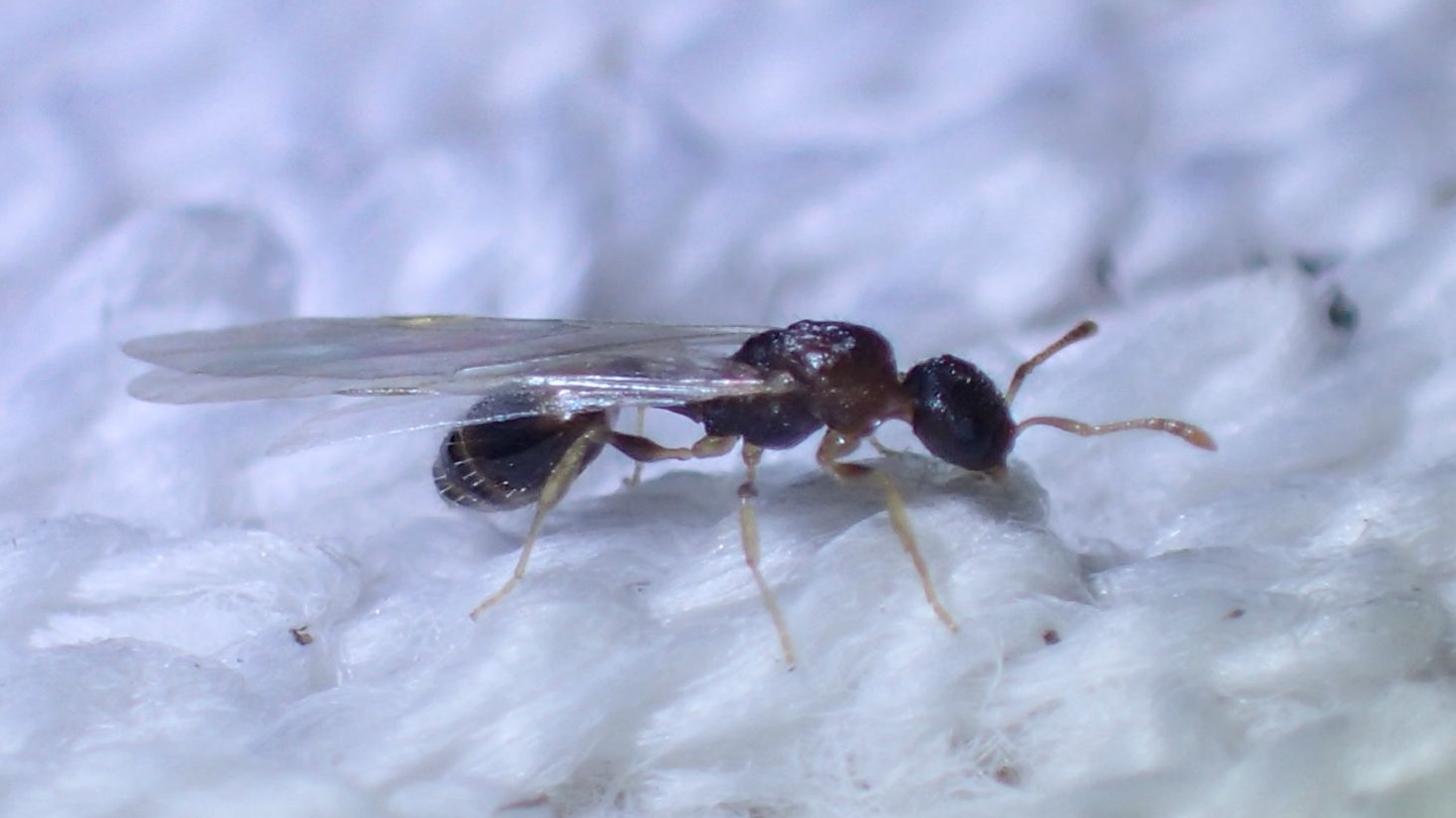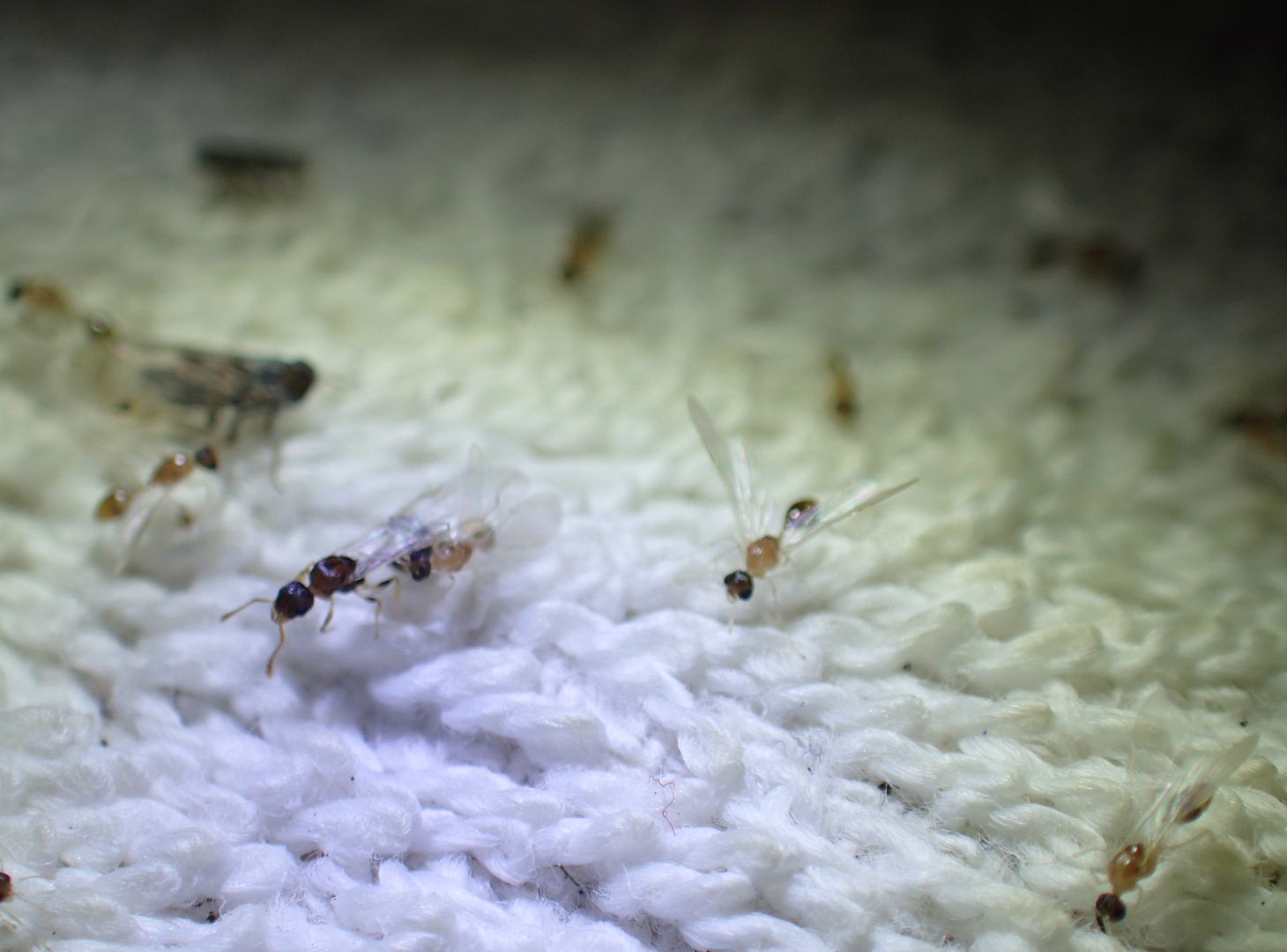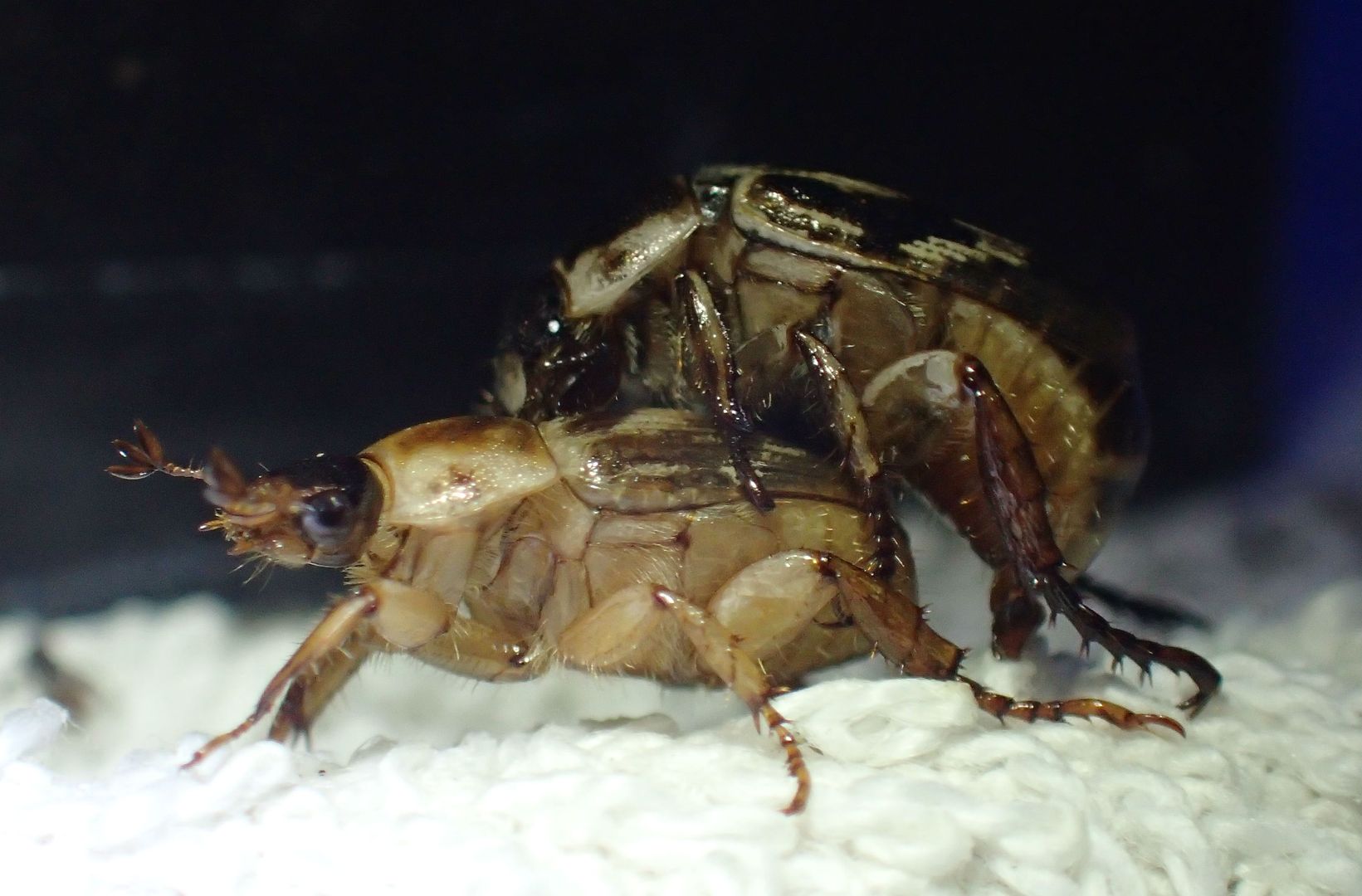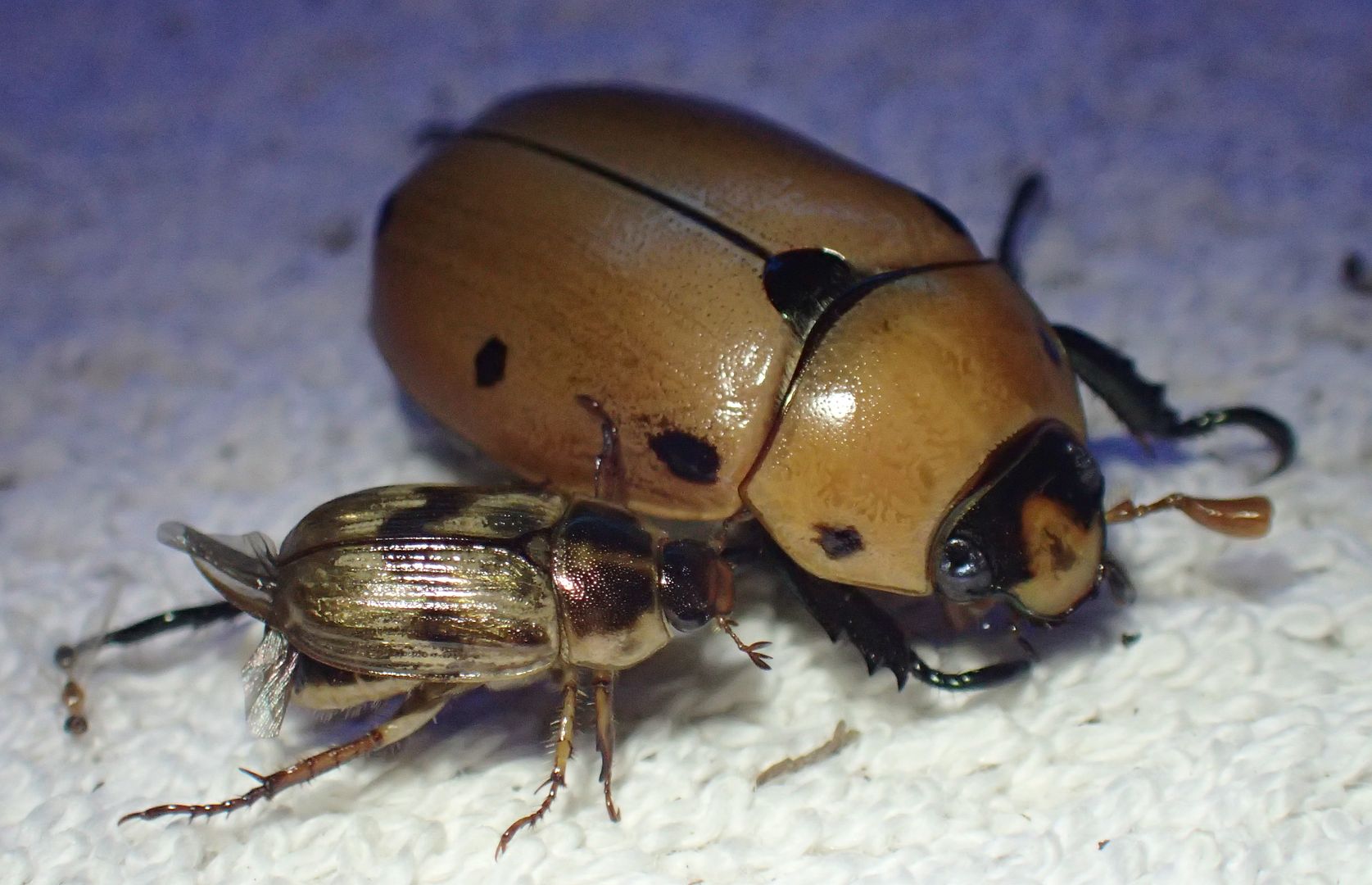I've been given permission to collect ants at the Mt. Cuba Center in DE. I'm really excited for this but only managed to get half of it done. I'm going back this Sunday (weather pending) to complete the collecting.
The Mt. Cuba Center is a former DuPont estate. Originally it was a mansion on a hill in the middle of a corn field. When the former owner moved in she had it turned into a vast woodland garden focused on native plants (with a few nonnative ornamental plants here and there) Over the last 50 years or so it's turned into a very well established native plant garden with thousands of species represented.
Today the Mt. Cuba Center is open to the public as a botanic garden, offering classes and scenic views to enjoy. It's not as big as Longwood Gardens, nor is it overly designed; all the paths can be walked in a half hour, so it's better for people who know about the plants they're looking at. Plants are arranged to be somewhat natural occurring in a clump somewhere for labeling purposes and then in sweeps and drifts with other plants they might grow along side in nature. They're designed more to appear natural instead of brilliant color combinations.
Being a formal garden I was restricted to the pathways. Obviously I wasn't allowed to dig either. My method was simply to set out several dozen index cards, held in place with a wooden skewer. Honey was placed on one side, and ground up pecan sandies were on the other. All were let out at least an hour and then cleaned up. Most cards were left out for several hours because I can only be in so many places at once.
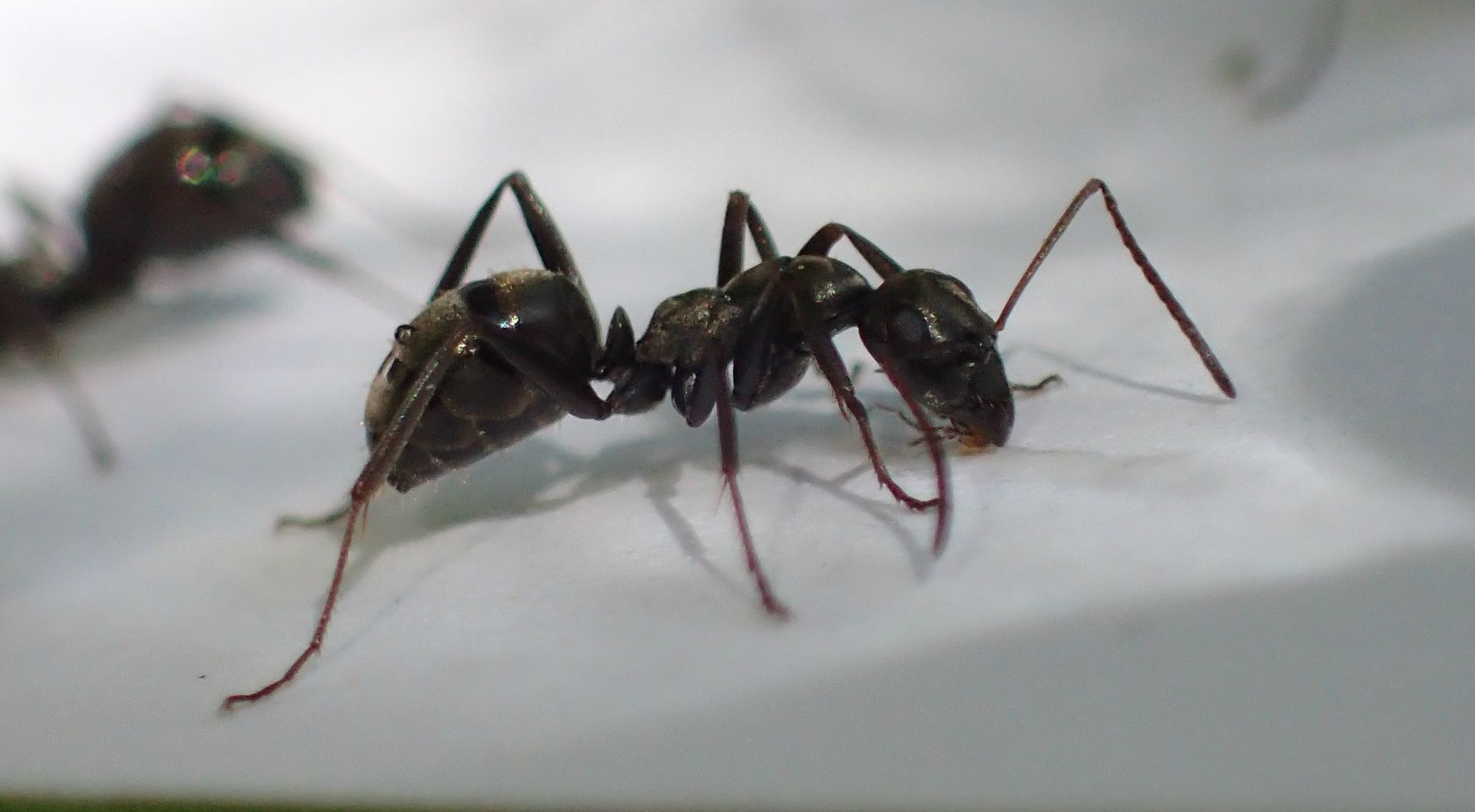
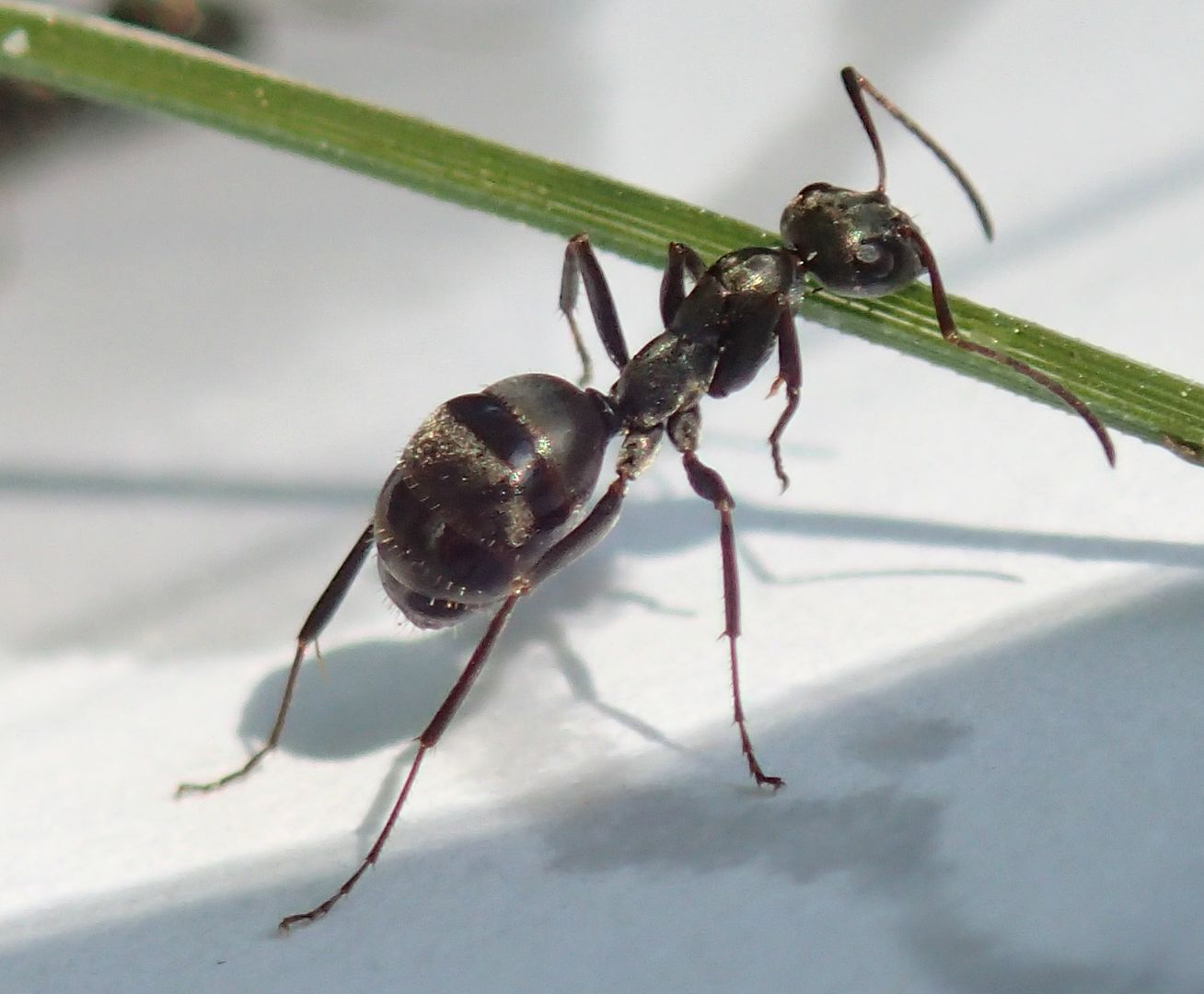
Formica subsericea dominated their meadow garden area. Every bait I set out was covered in them and they rarely played nice with other ants. Seriously one Polyergus queen could dramatically change the balance of power with this place because there were hundreds of nests.
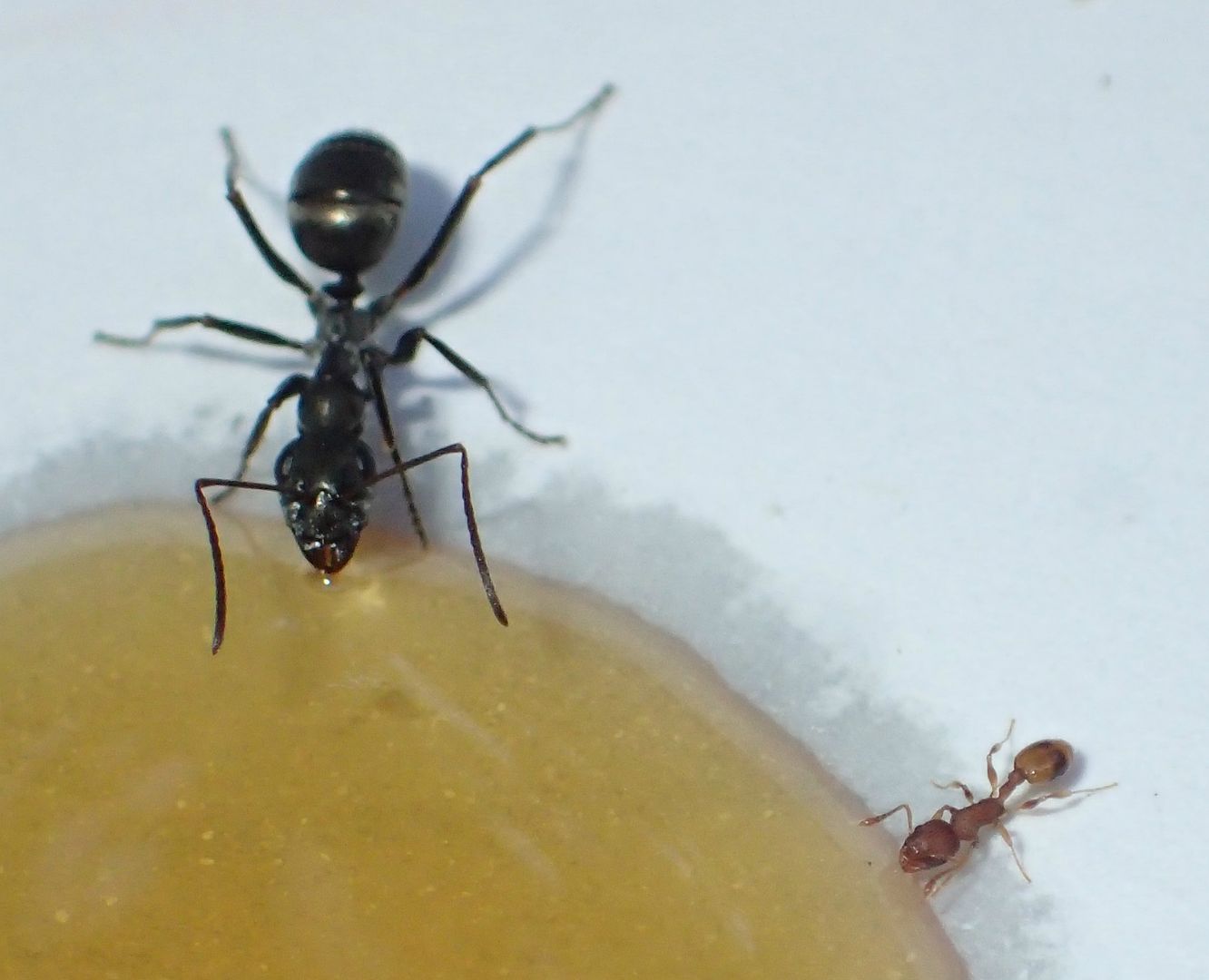
Smaller species like Temnothorax curvipinosus they didn't seem to mind but others like Nylanderia they seemed to tear apart on sight.
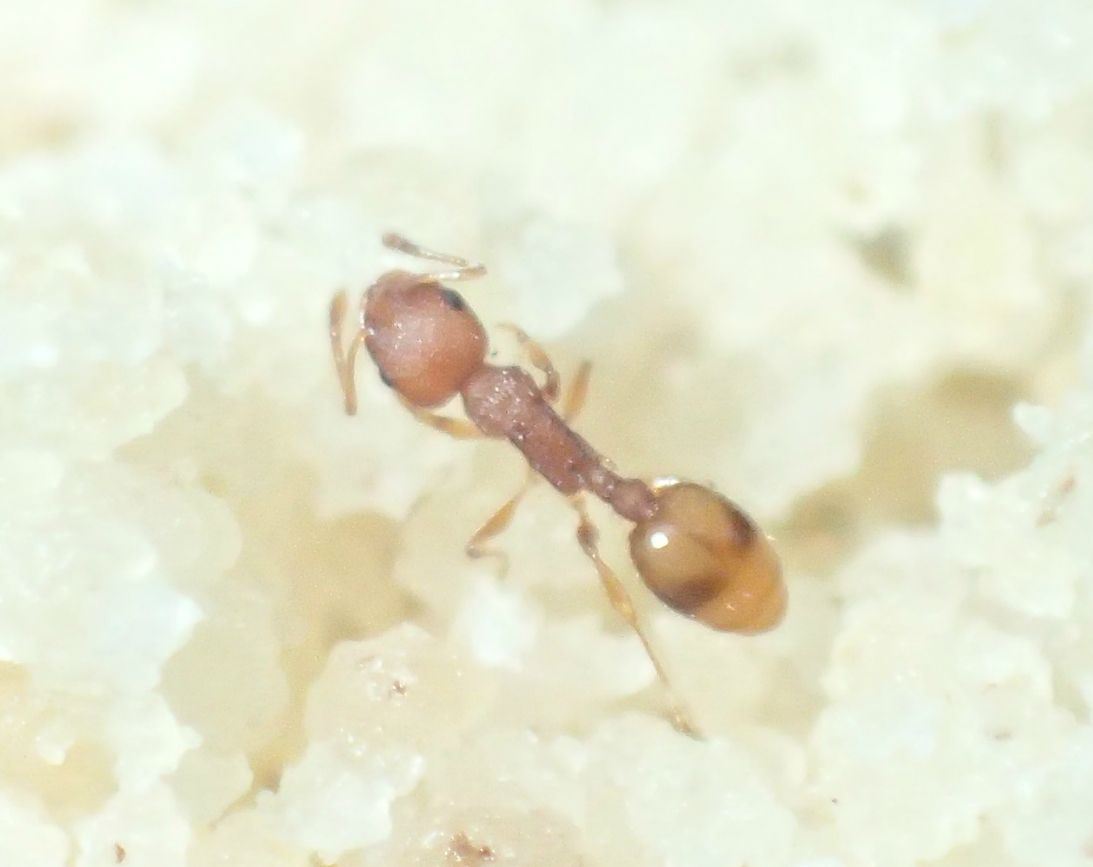
I wasn't at all surprised to find this species there. Out in the meadow they were likely nesting in last year's plant stems.
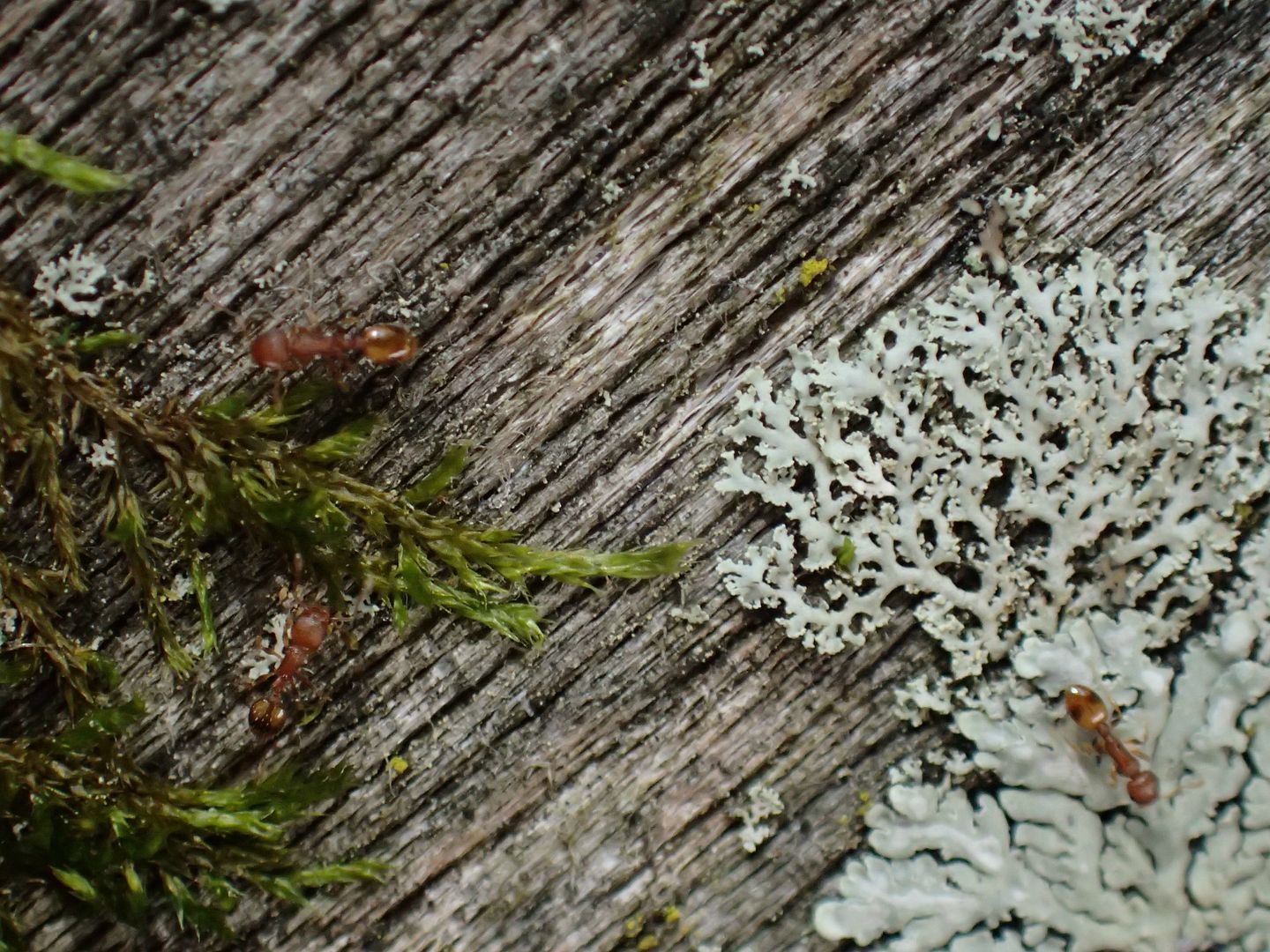
In the woods though they nest in other types of dead wood structures.
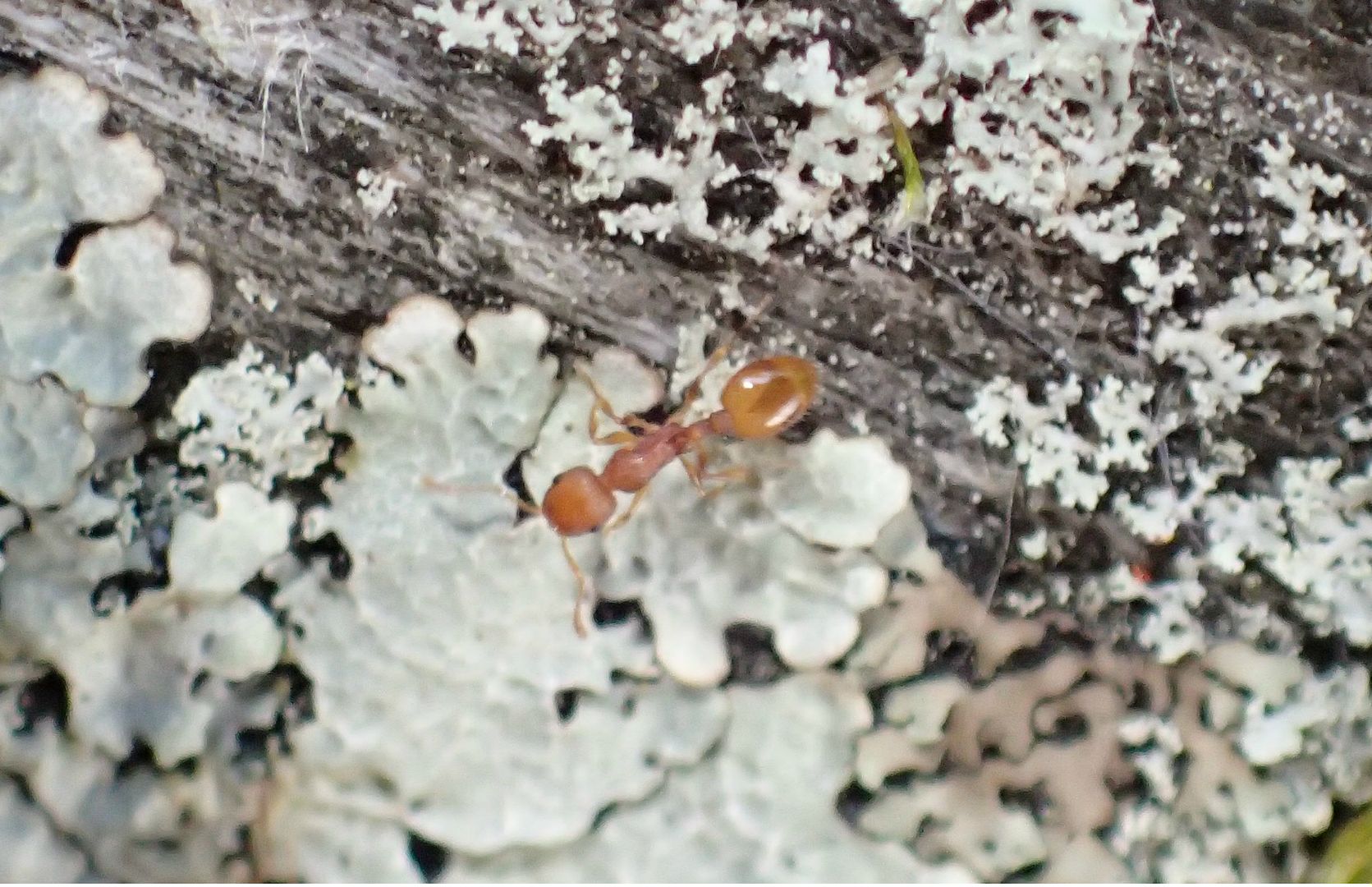
The benches they have there are like some sort of recovered wood which they seed with moss and lichen in all the places you're don't sit on. I found one colony had shaped the lichen around the entrance to their nest.
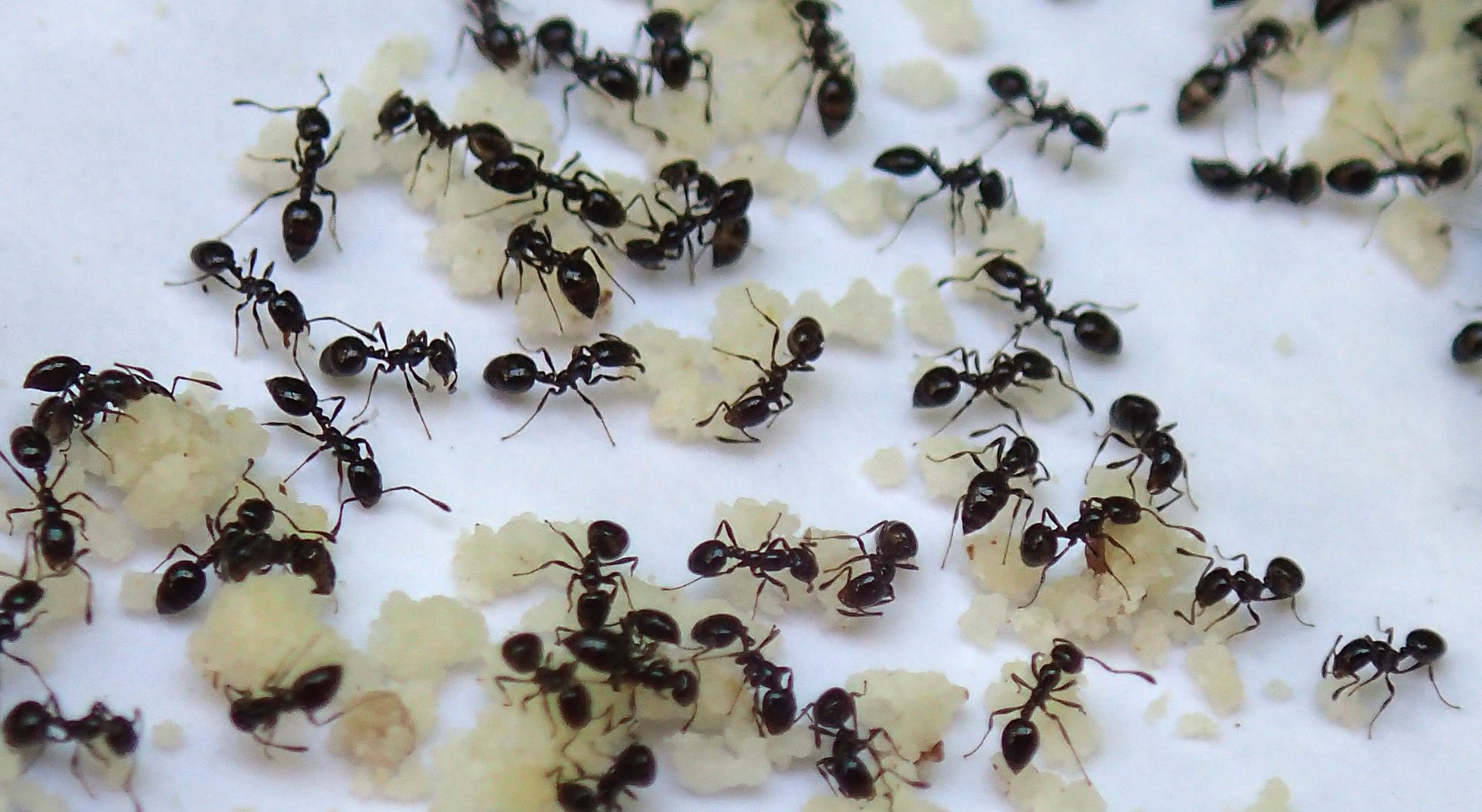
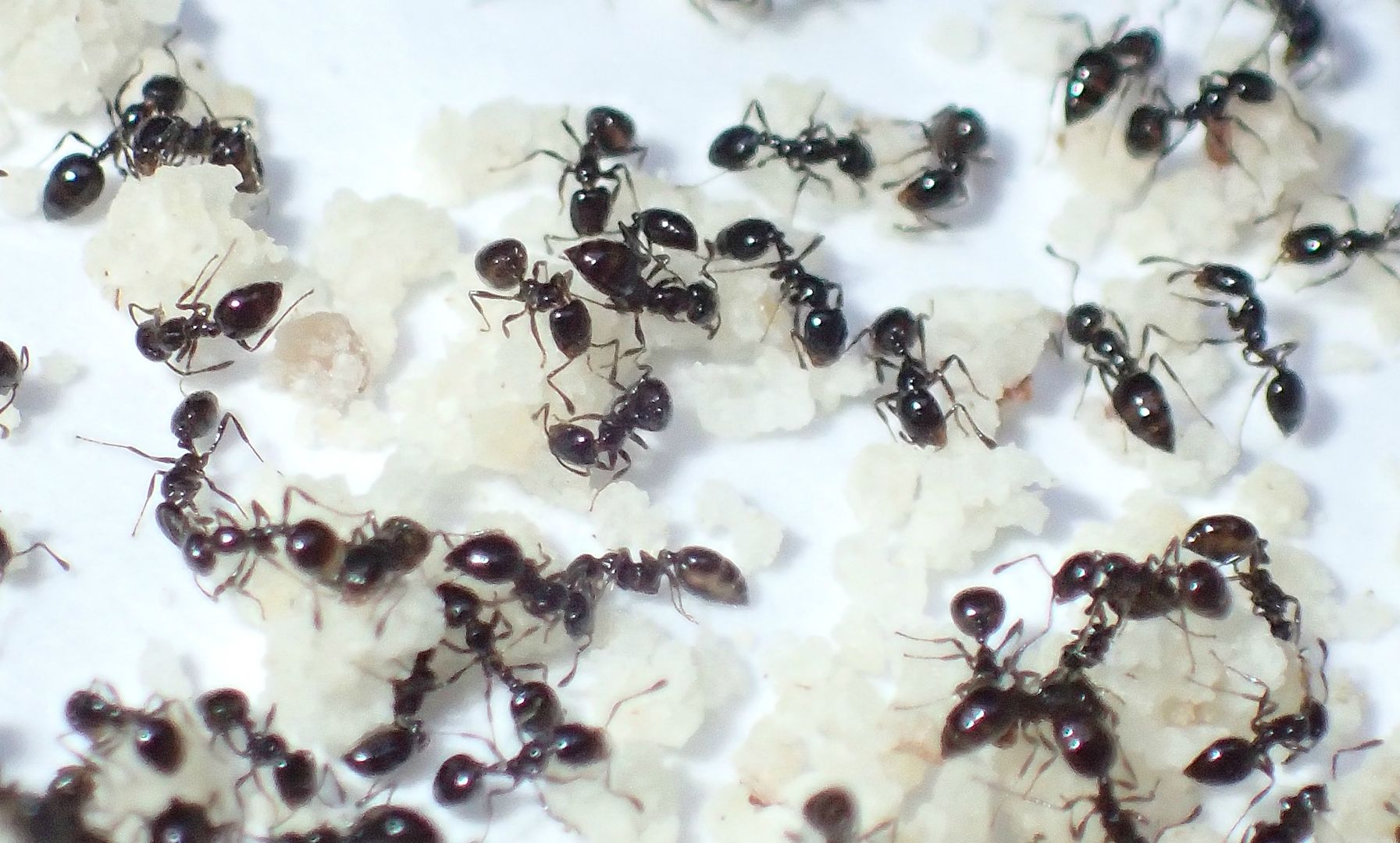
One of the benches by the pond area was atop a patio of red bricks. This was the only spot I found Monomorium nesting (so far). They likely used some sort of leveling sandy under and between the bricks when they built the patio and then a Monomorium queen came along.
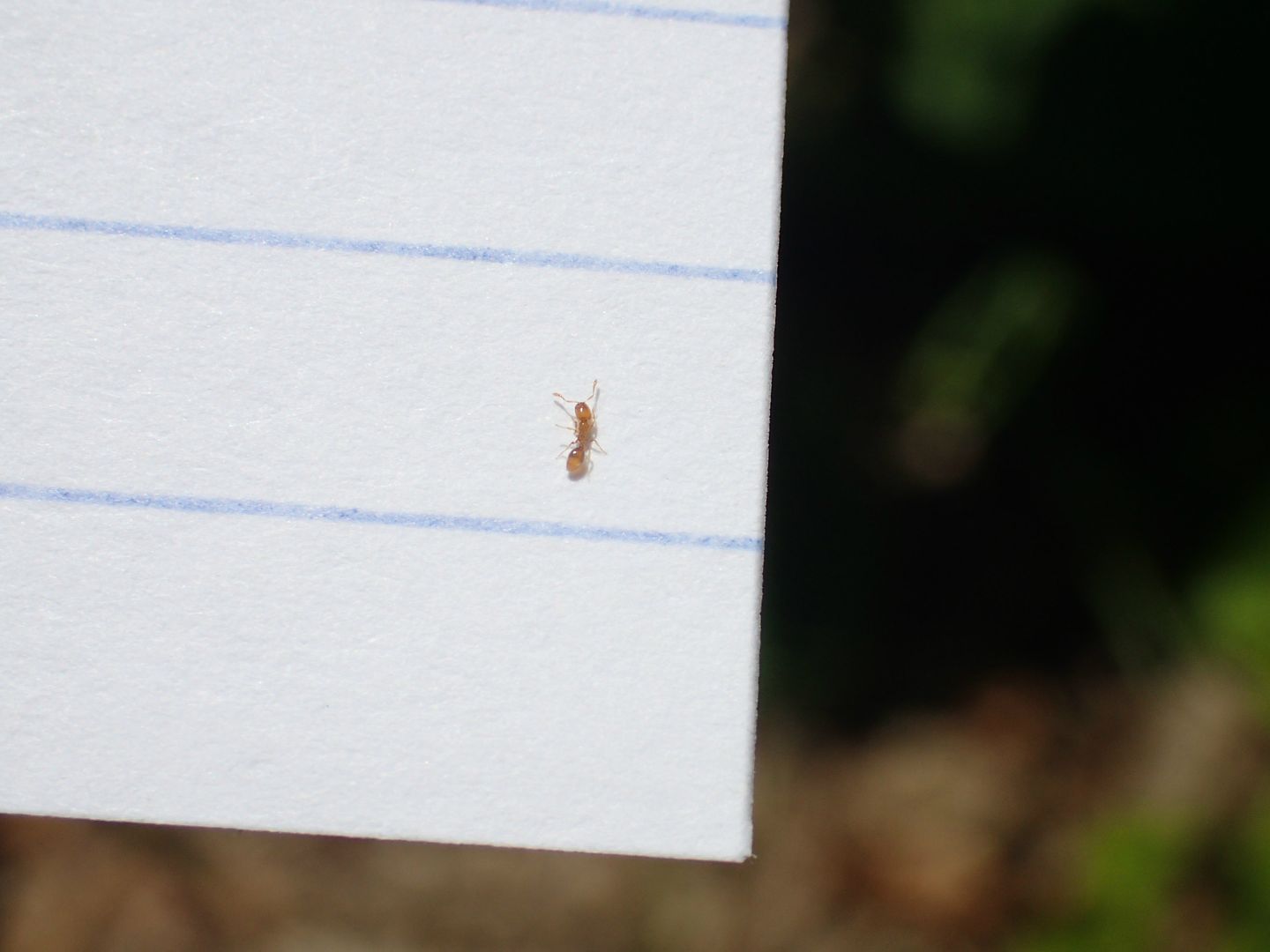
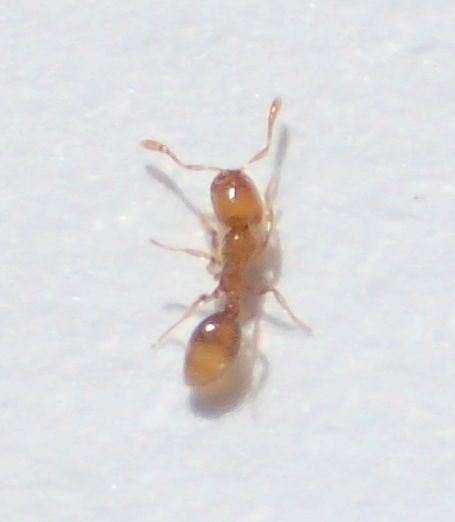
I completely forgot how small Solenopsis molesta is. Temnothorax curvipinosus are twice as big!
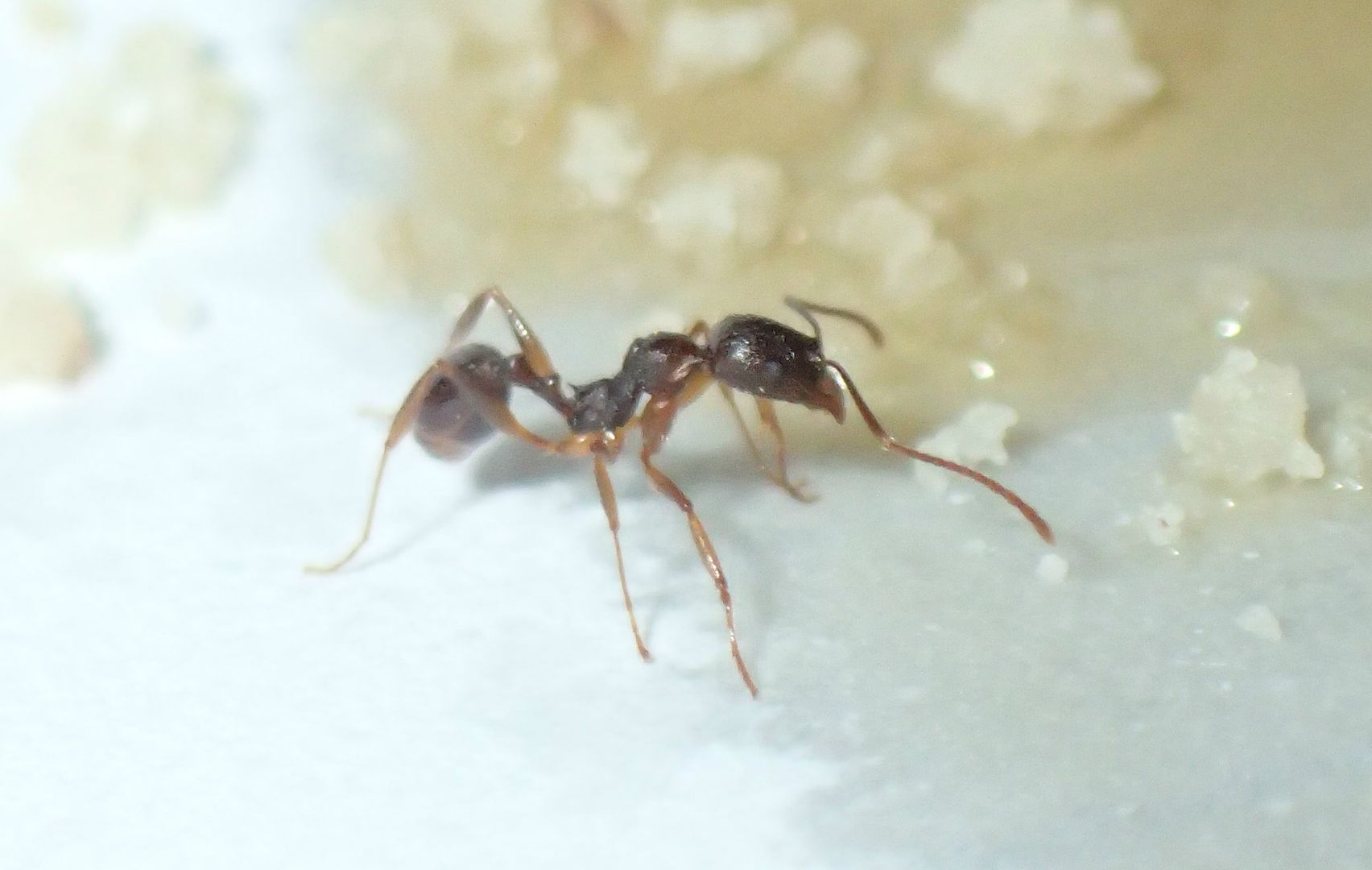
Aphaenogaster rudis was extremely common in their woodland.

They're so common in fact that I was accidentally starting wars between colonies.
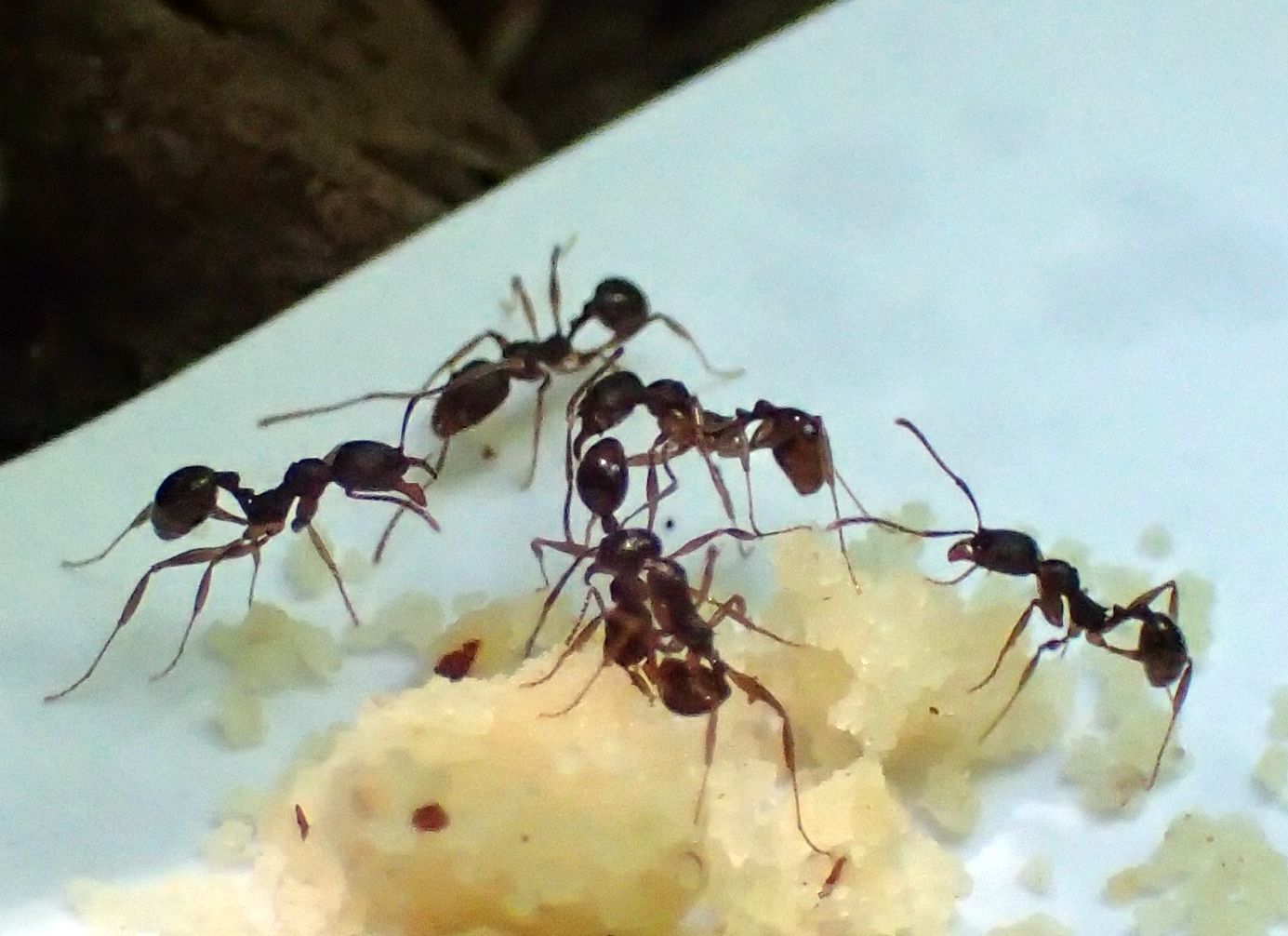
At no point did I actually witness ants dying or landing direct stings on one another. Their actions were more displays of aggression. They posture themselves to seem as tall as possible, open their mandibles and rear their gaster forward with the stinger exposed and ready to strike. (They might have been flicking venom on one another but it was hard to tell.)
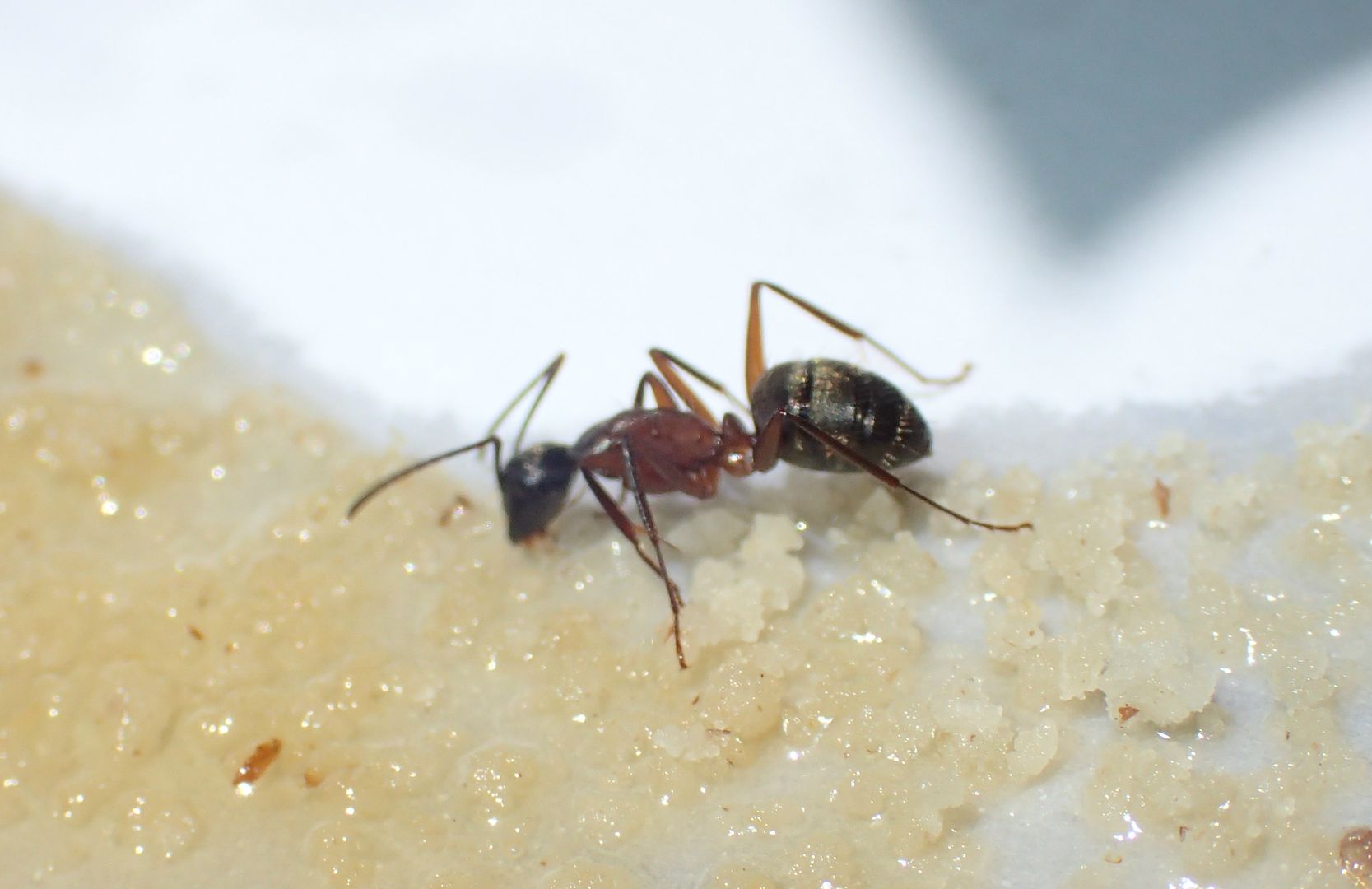
Camponotus chromaiodes and C. pennsylvanicus were in a few places but not all that common in the areas I checked for them.
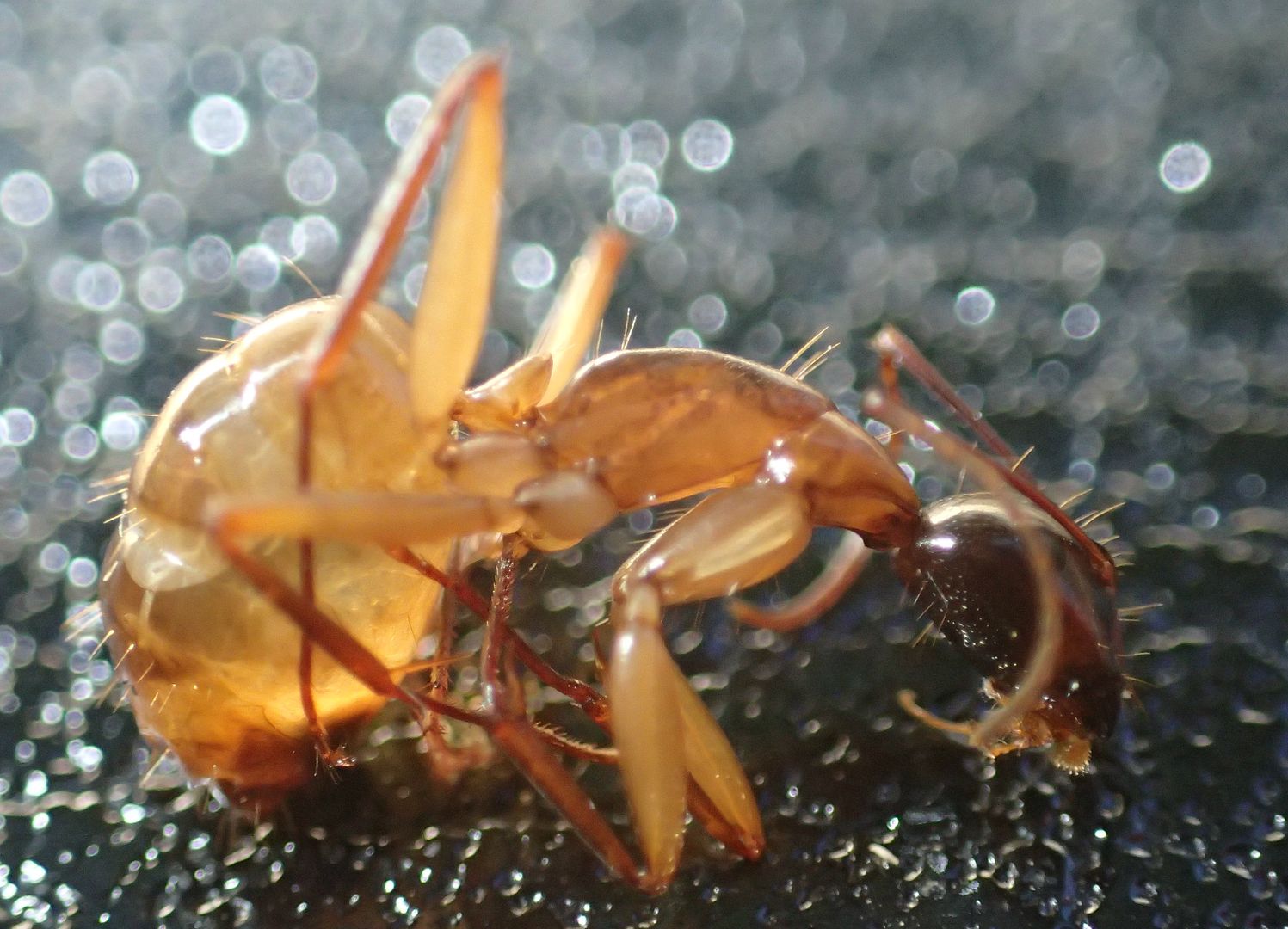
I also collected a single Camponotus americanus worker.
I'll post back later with a complete species list of the ants I found. Also my weekly "This Week in Anting" series will be delayed a week. I'd rather release this as all one episode instead of two.



